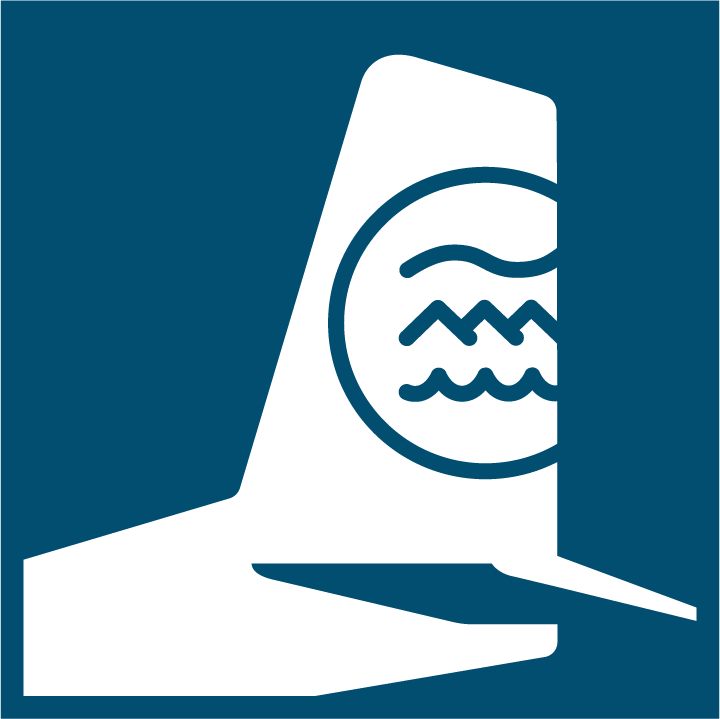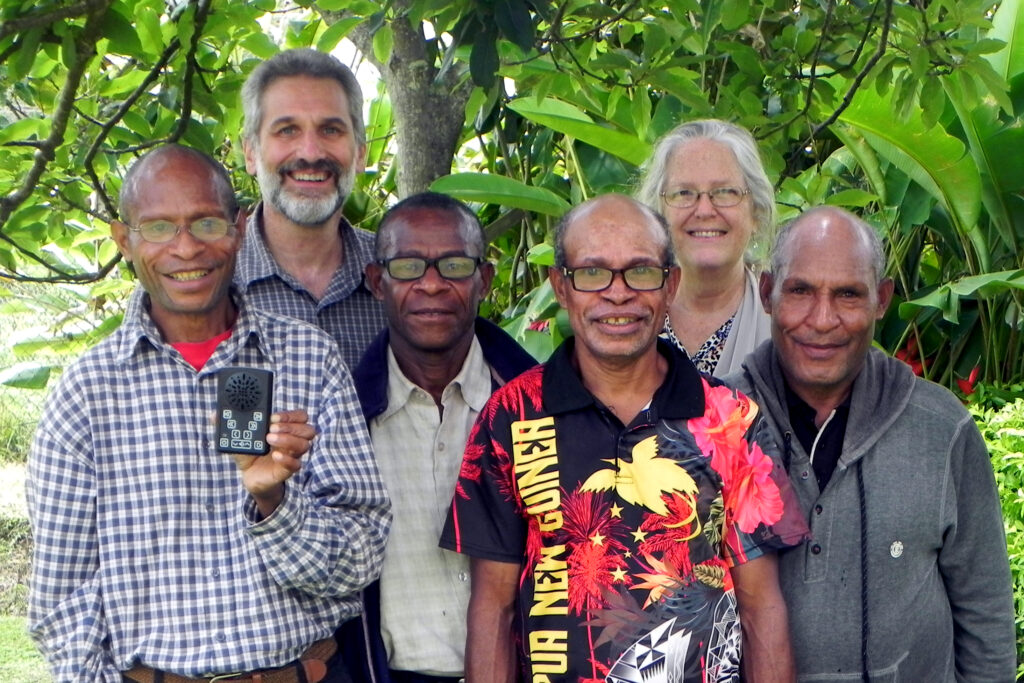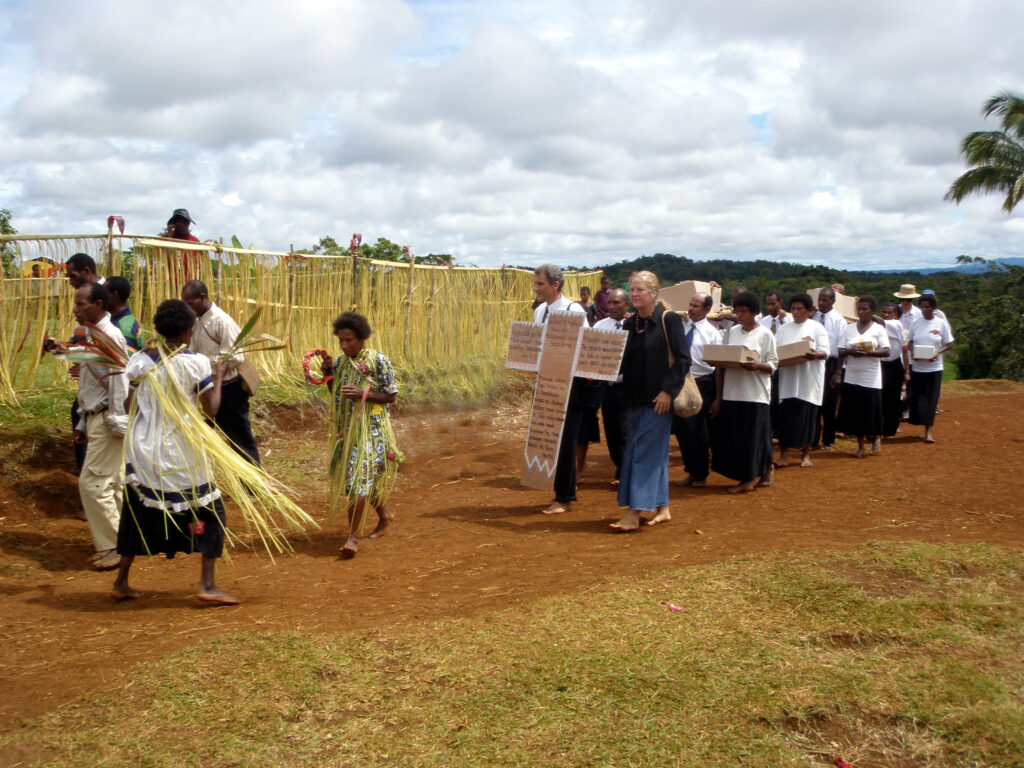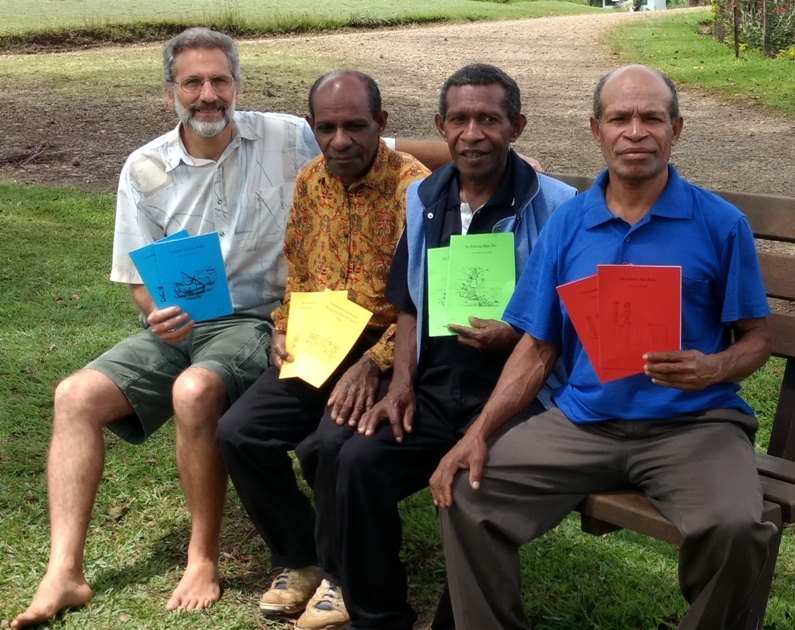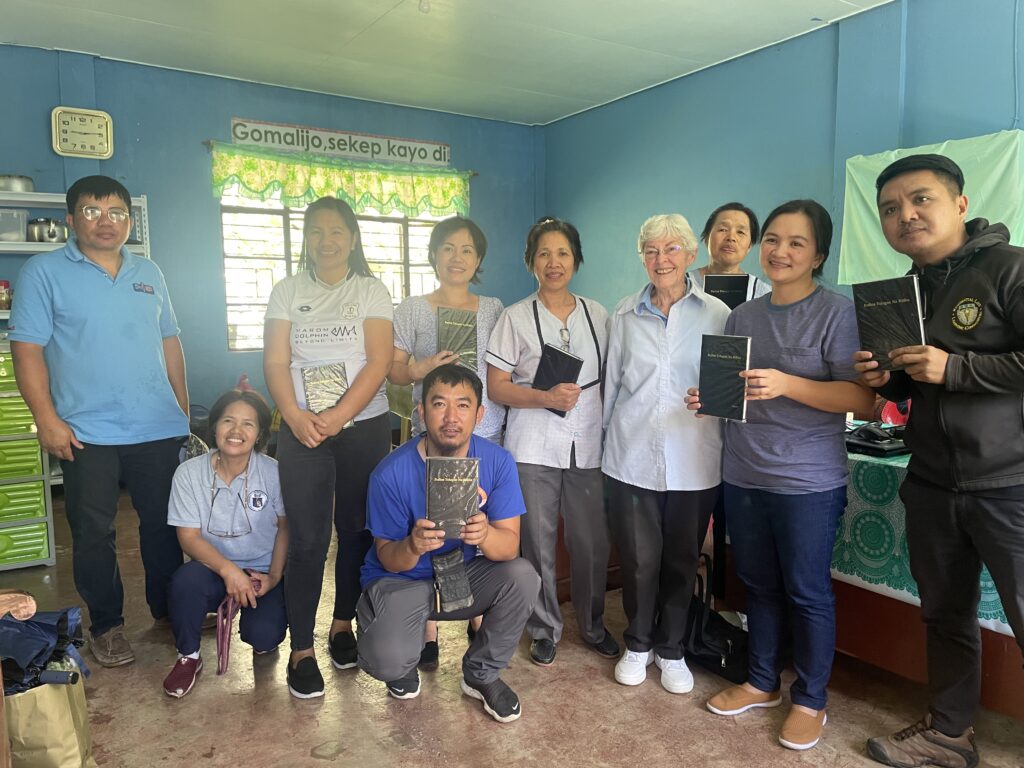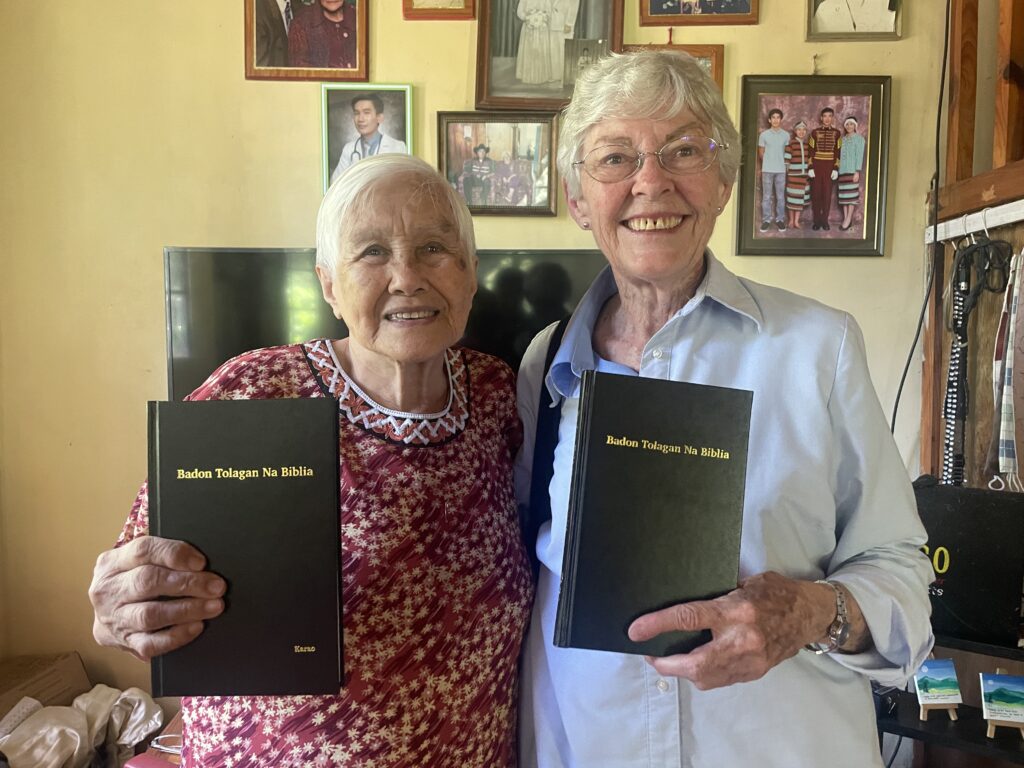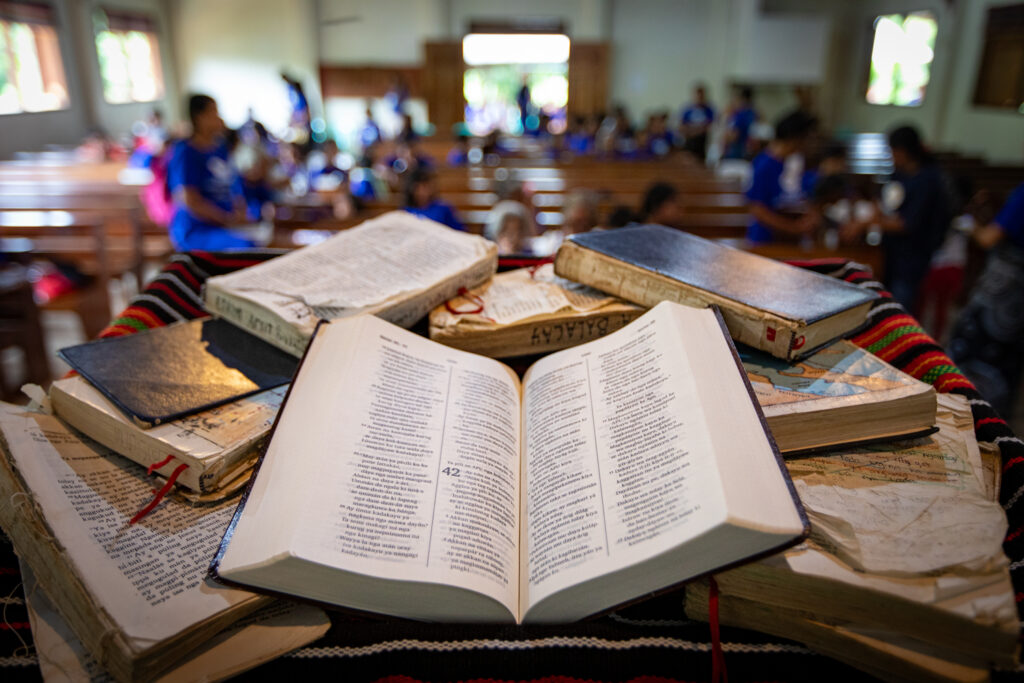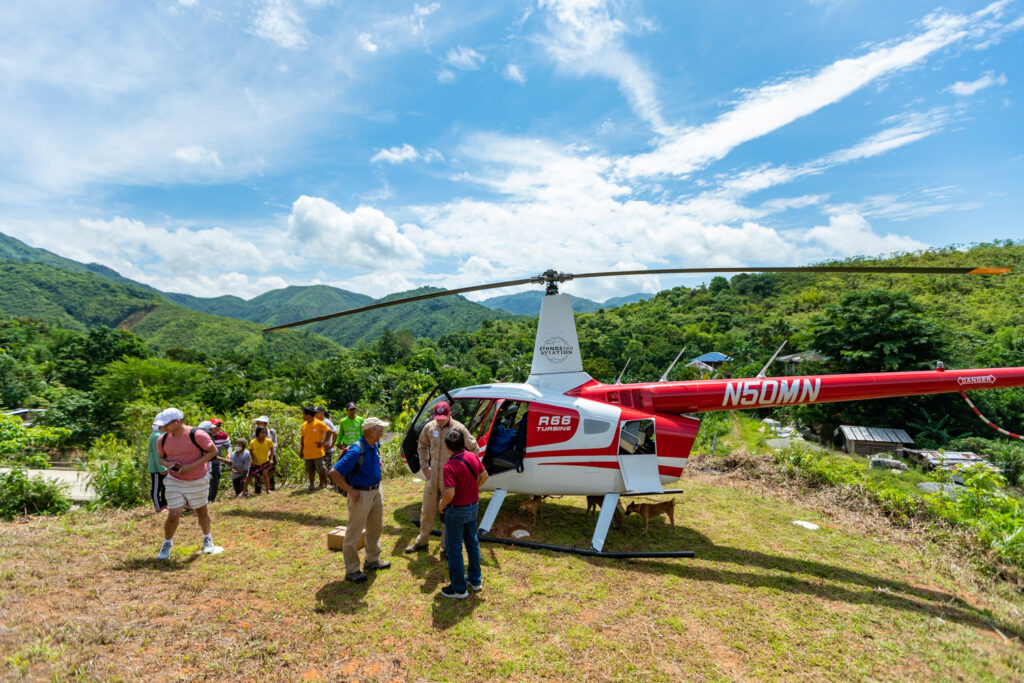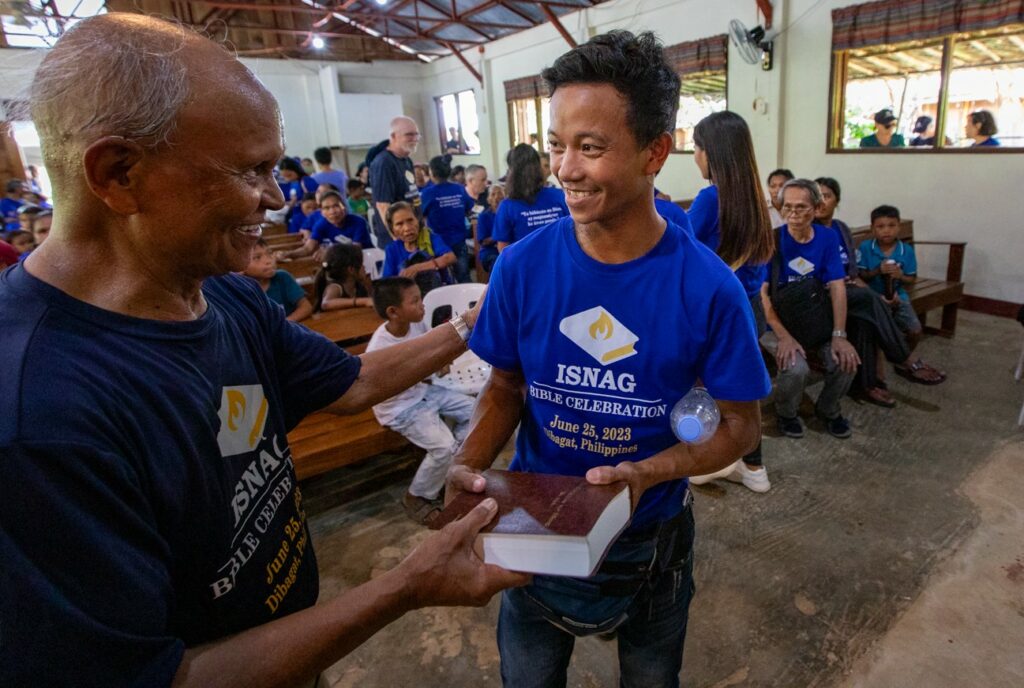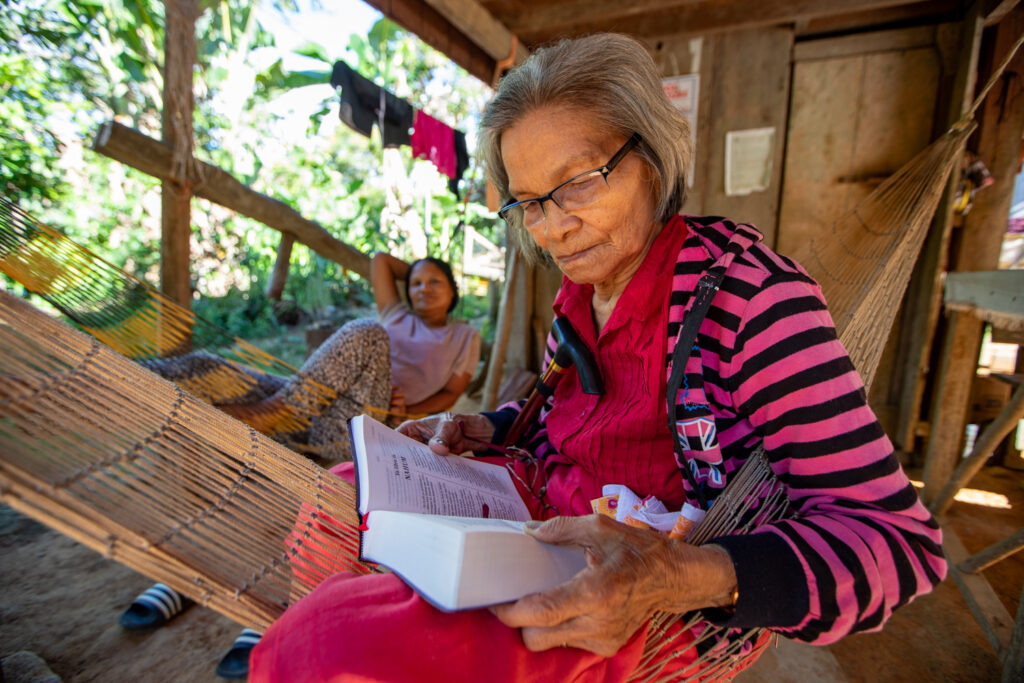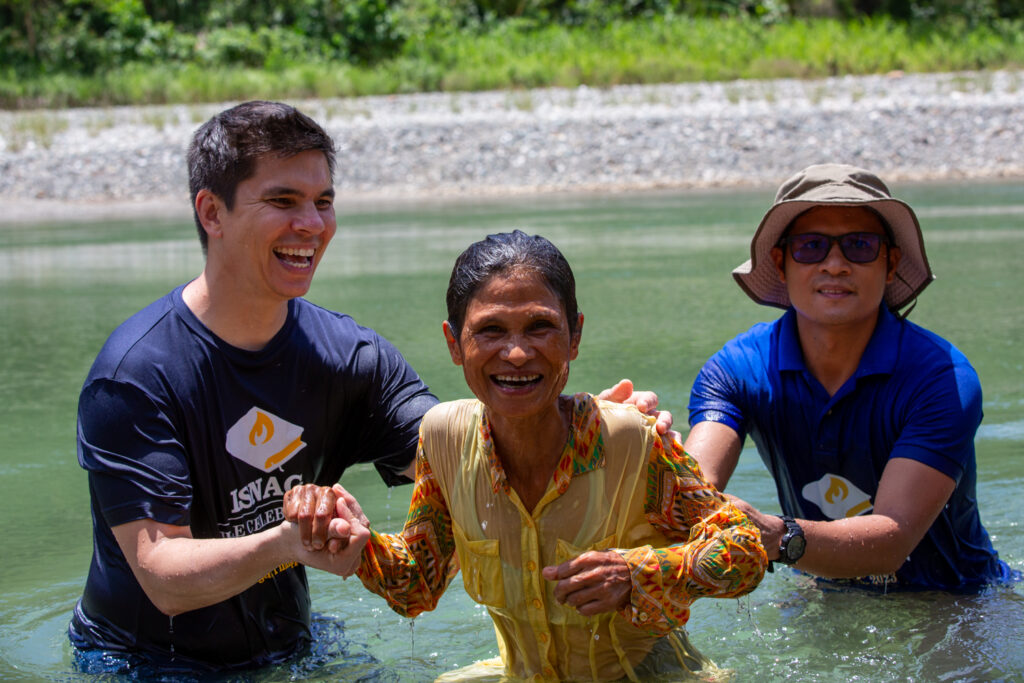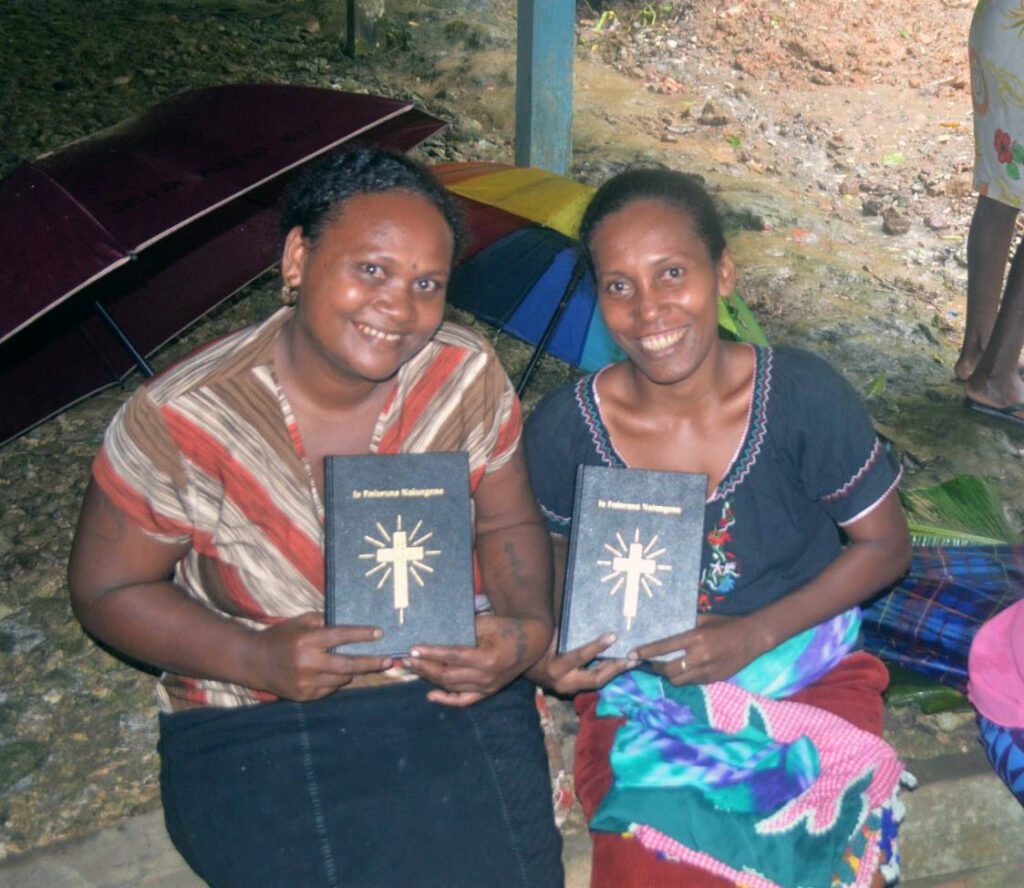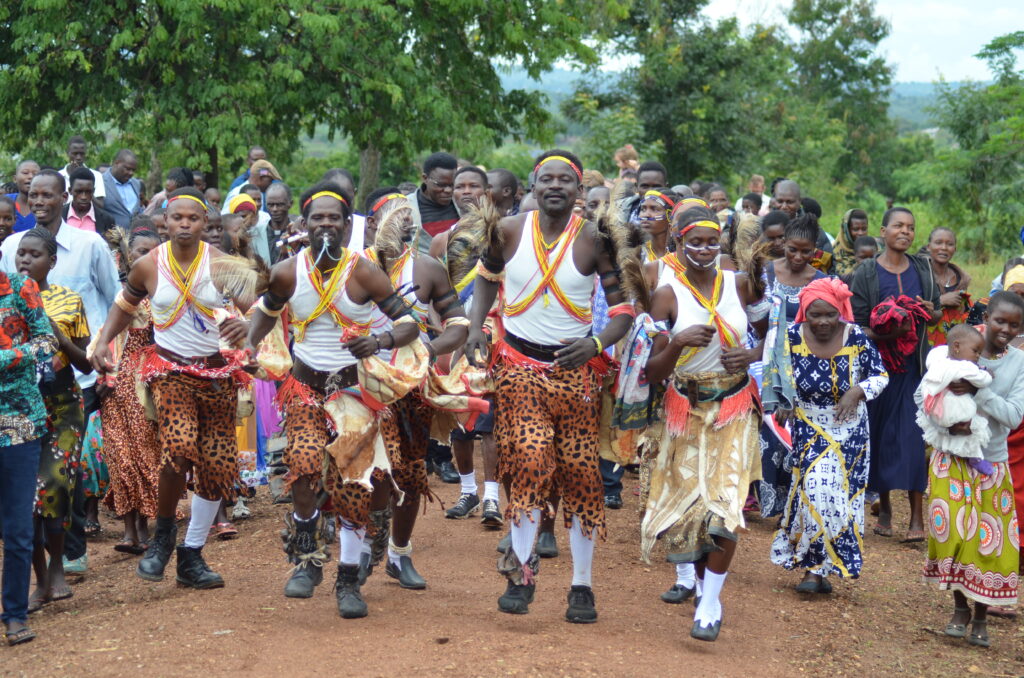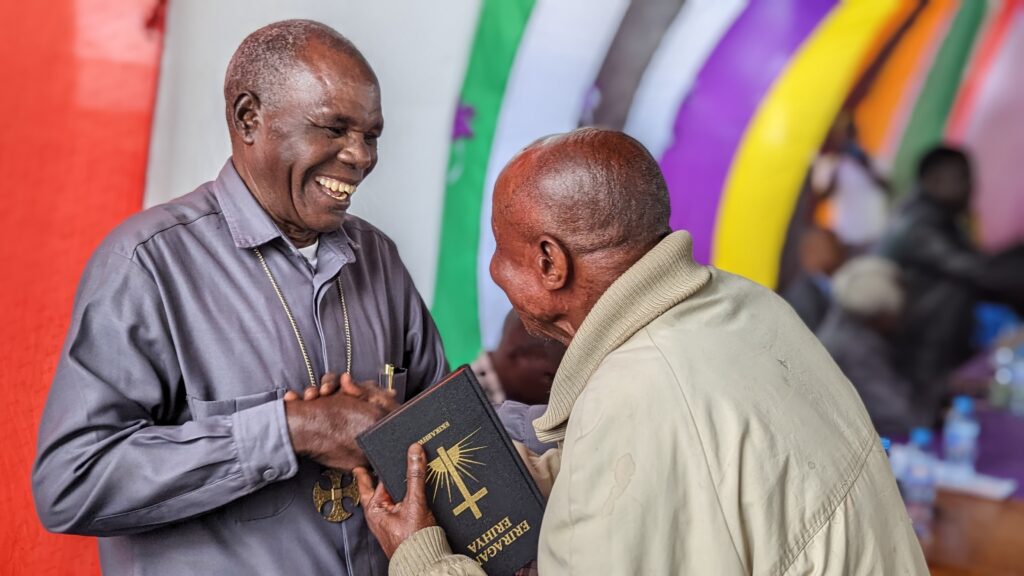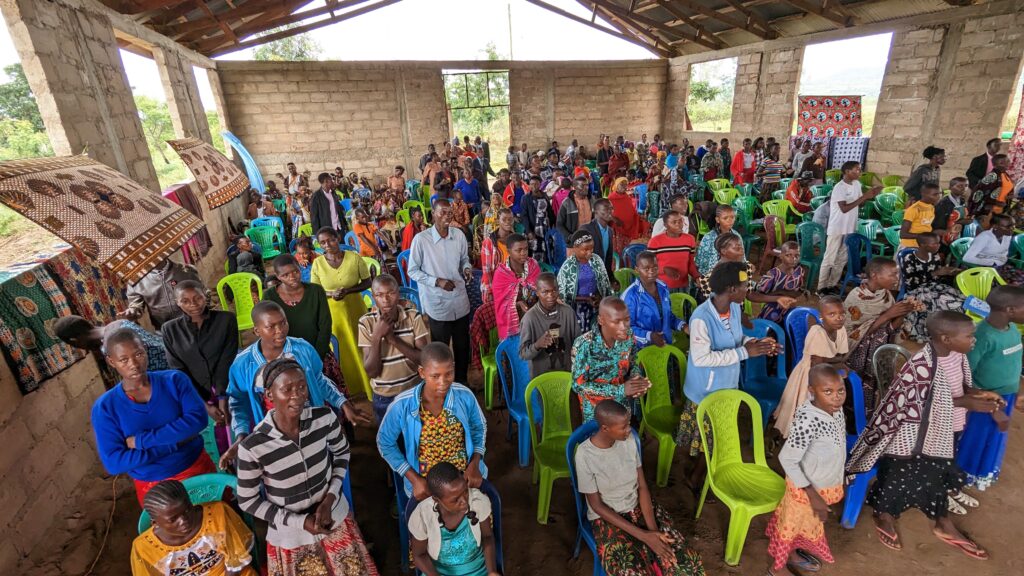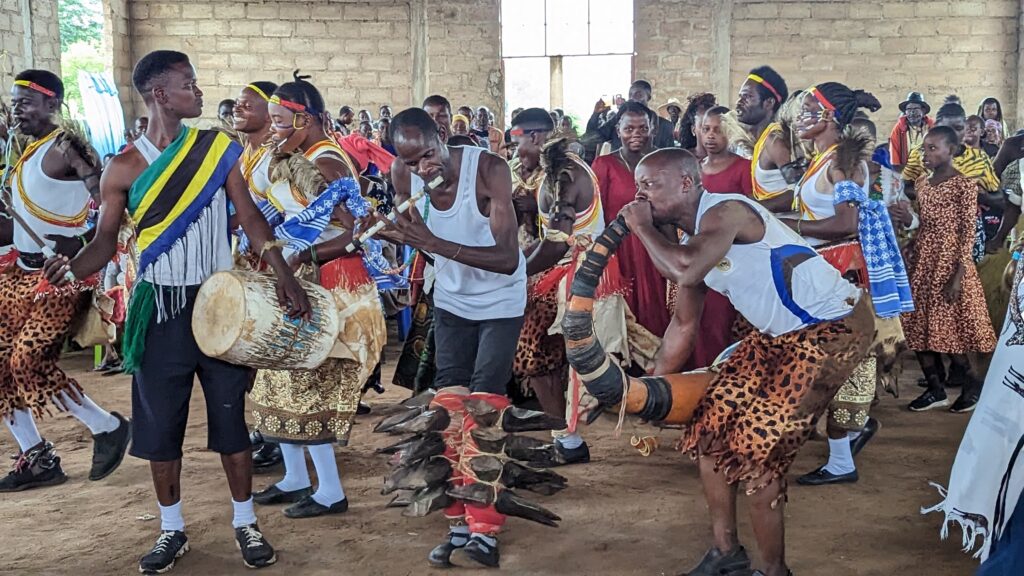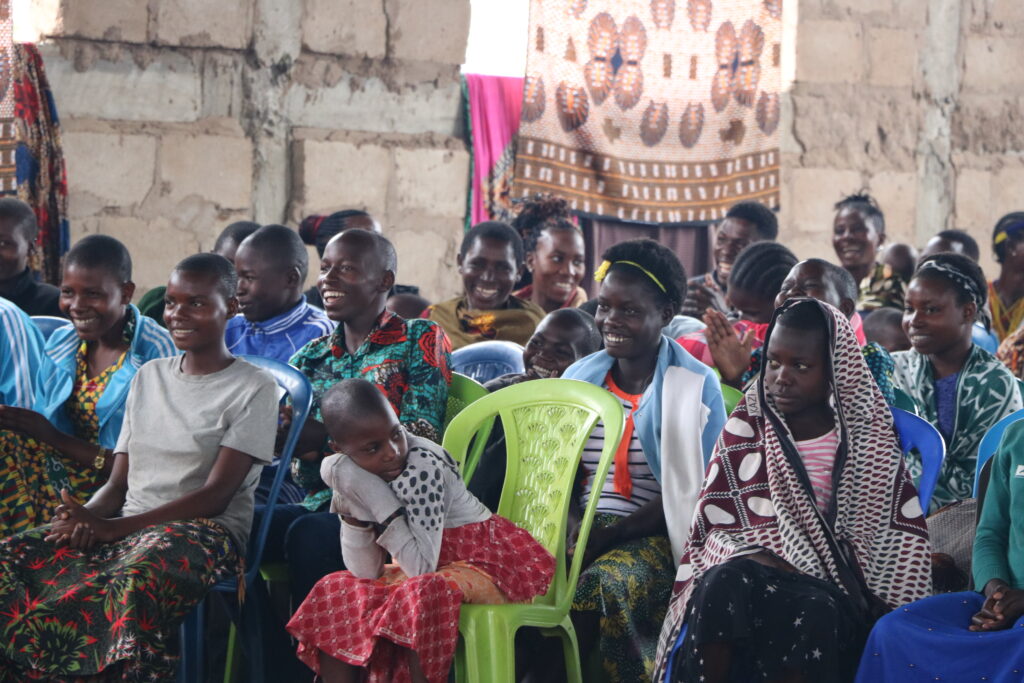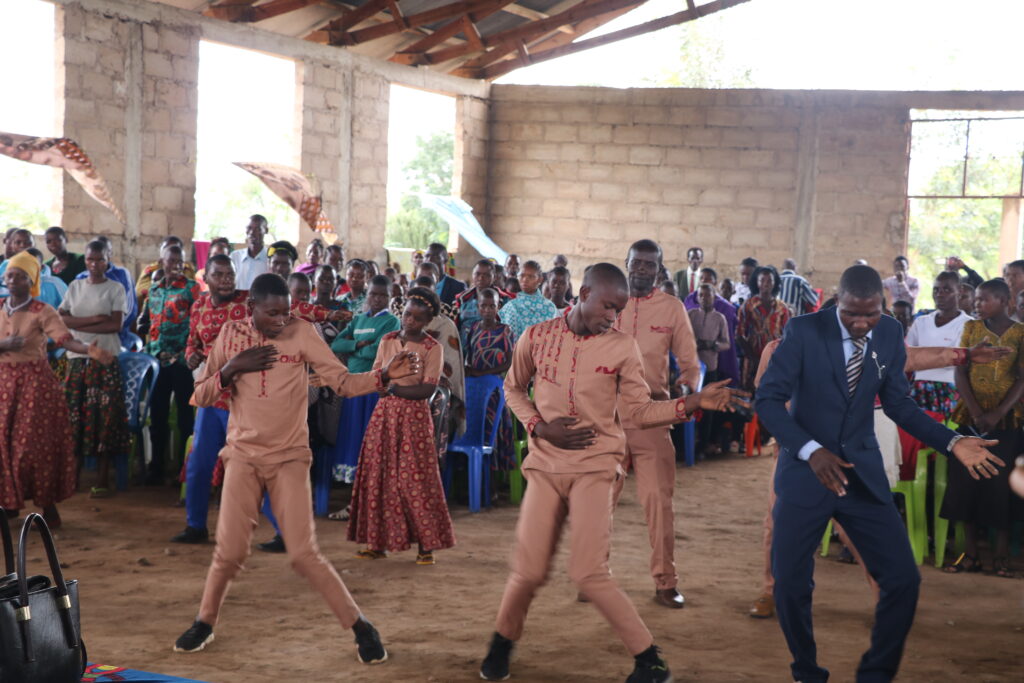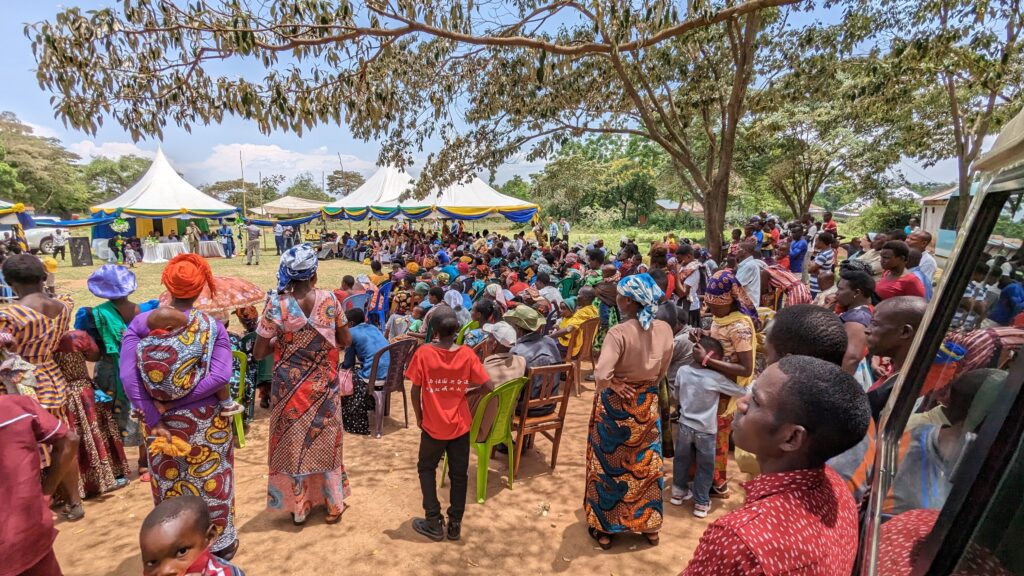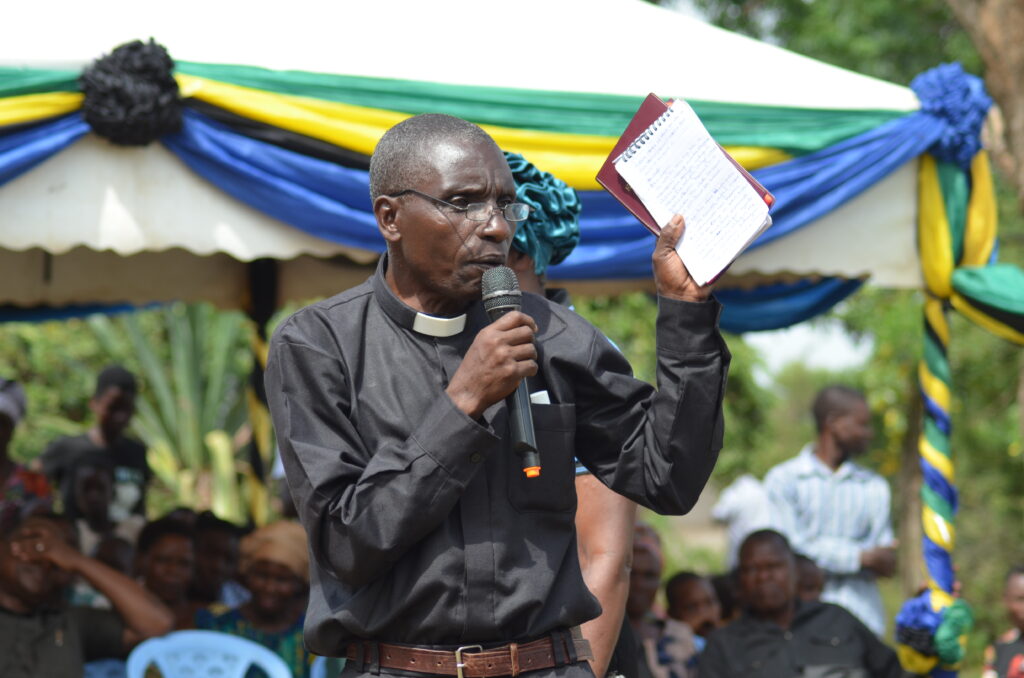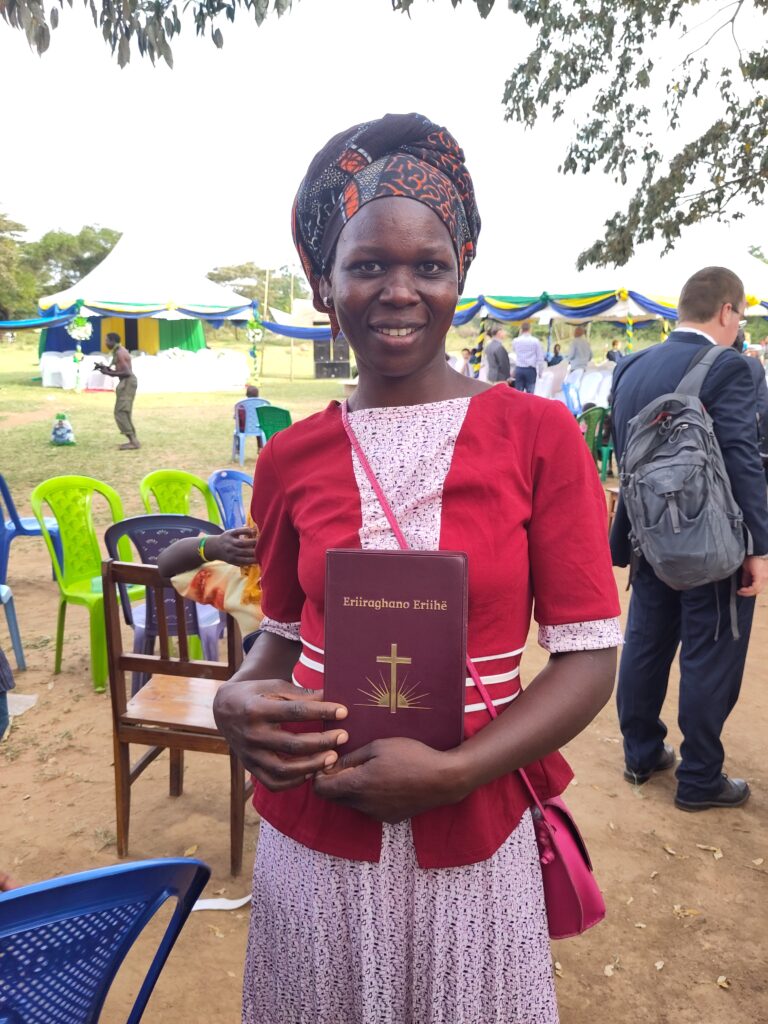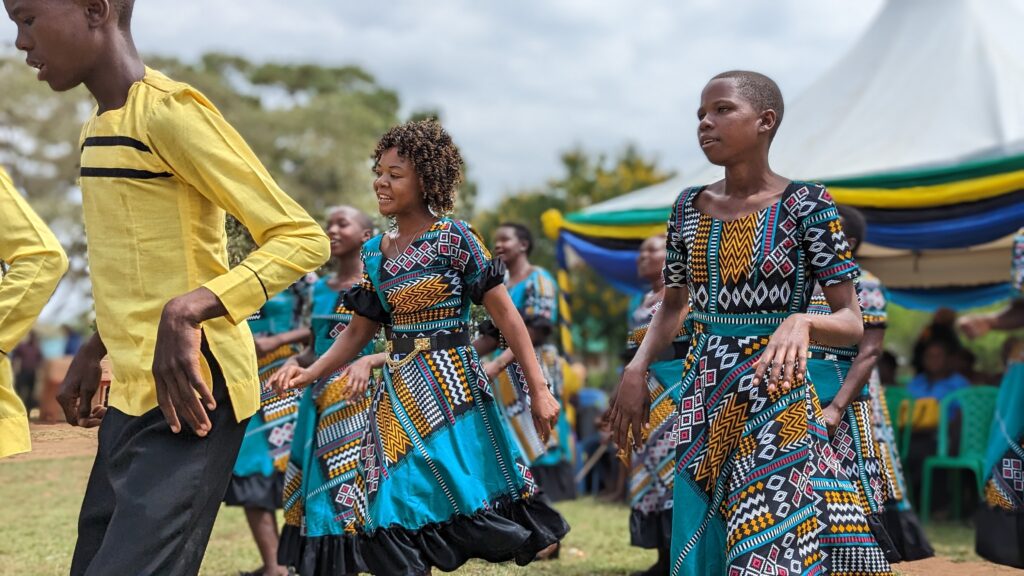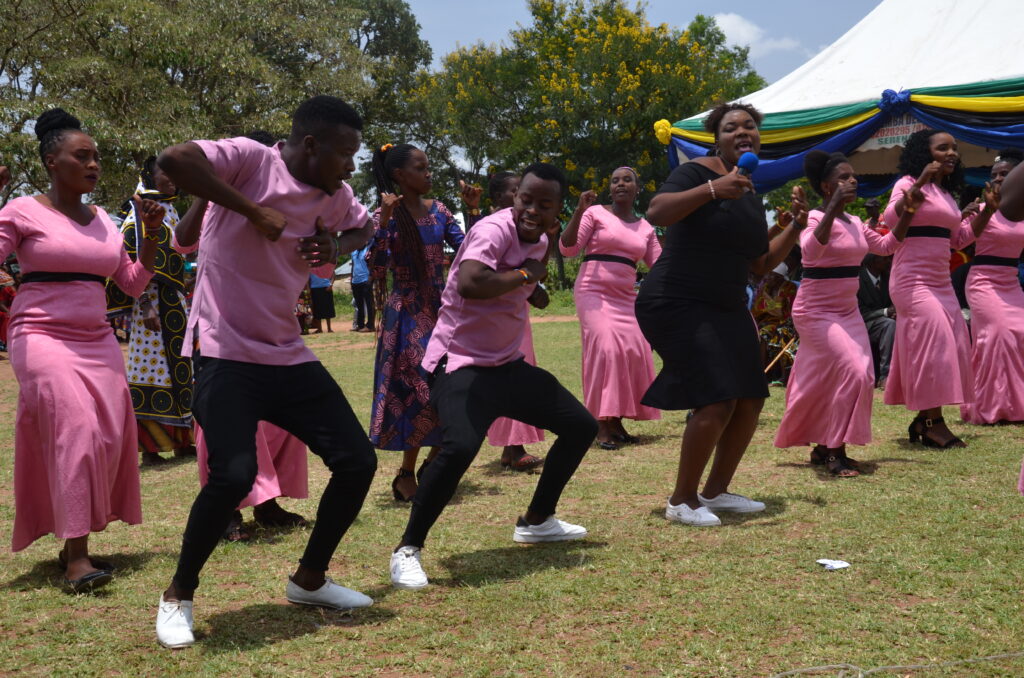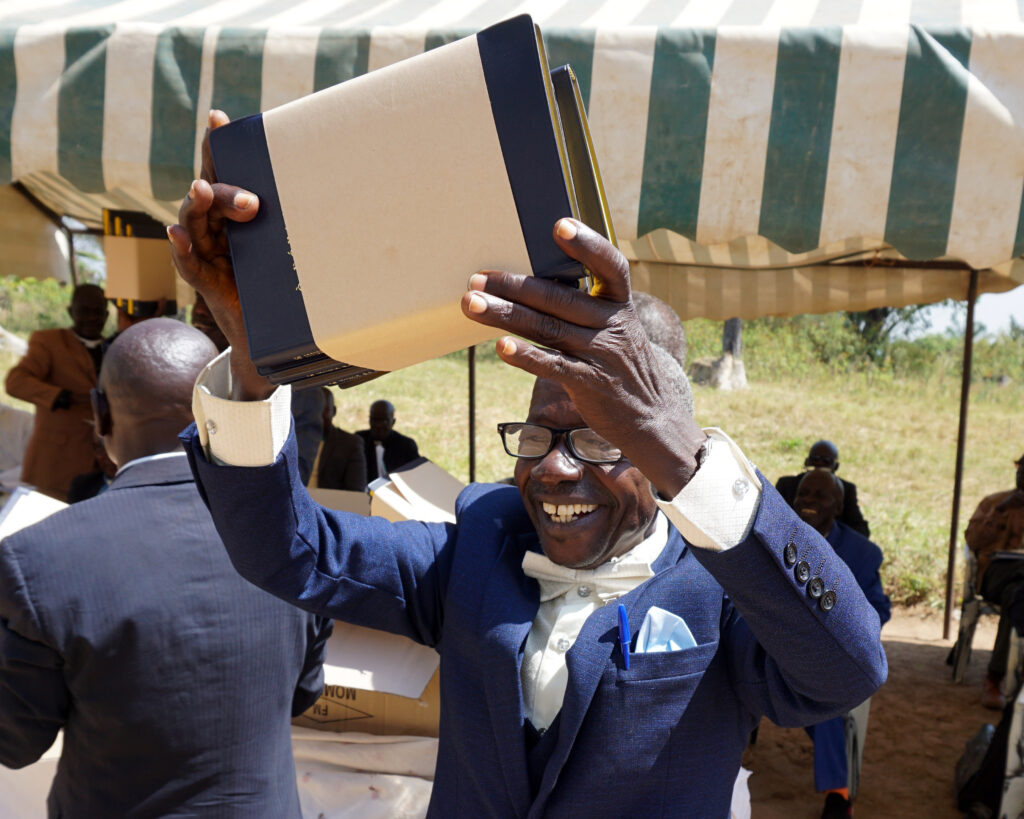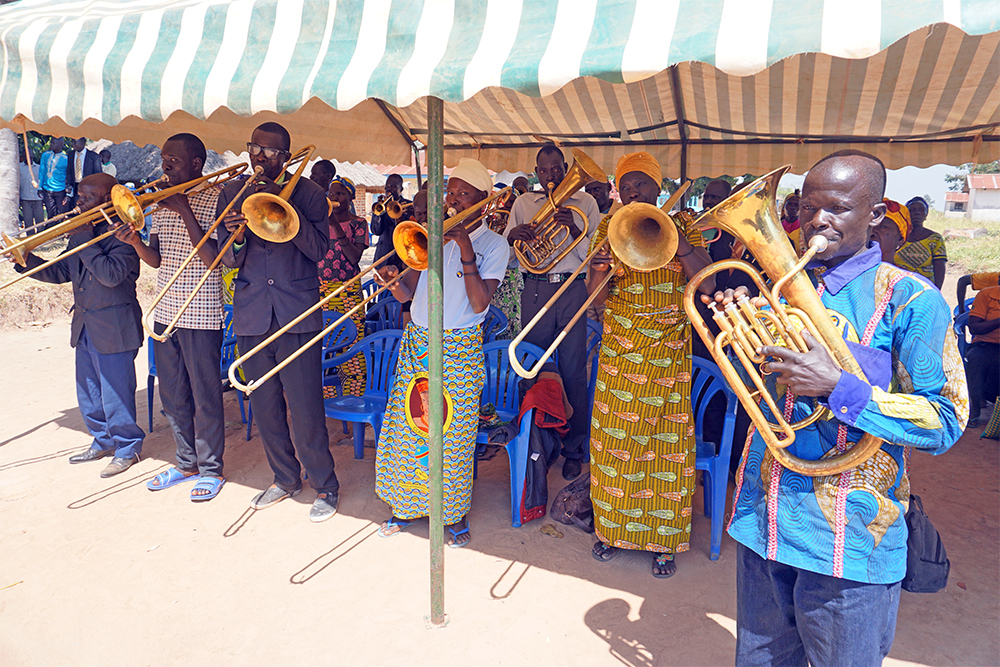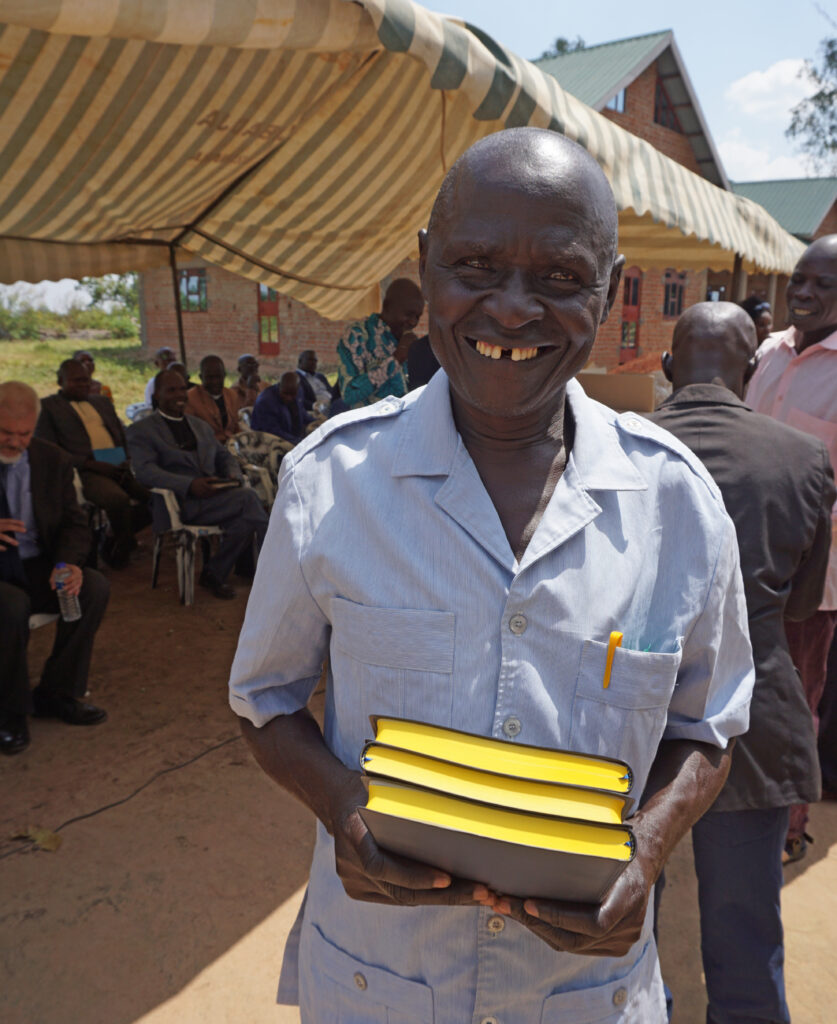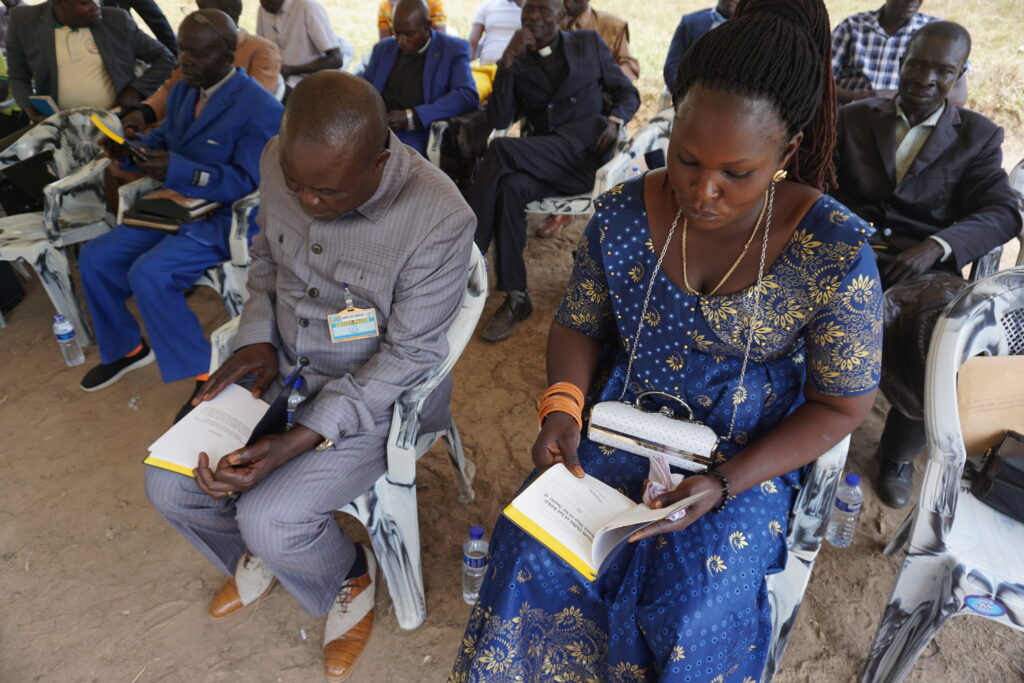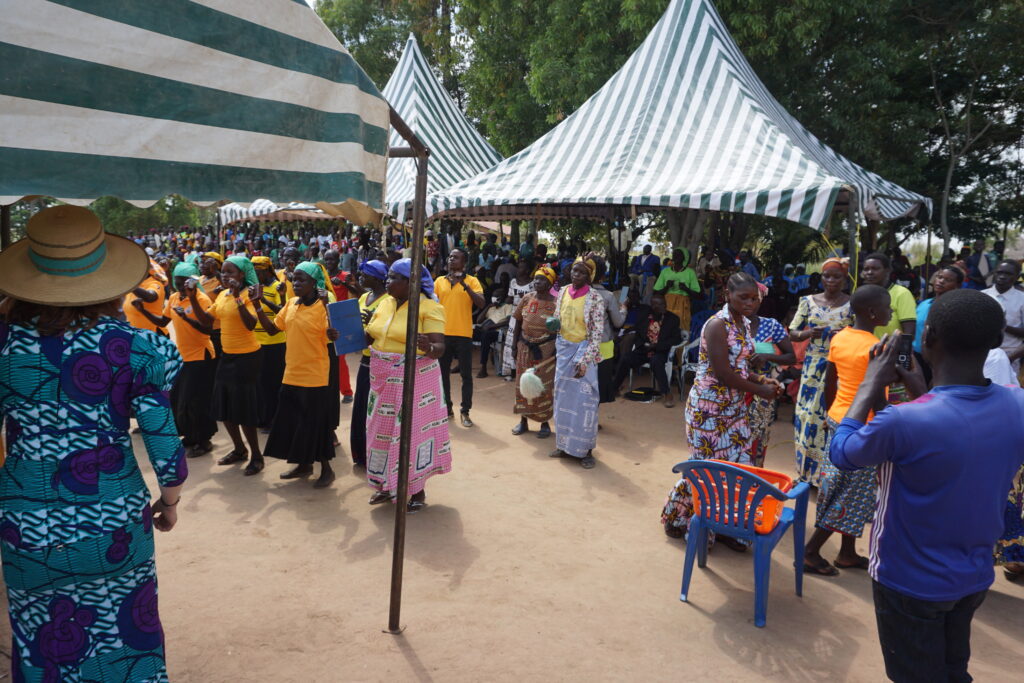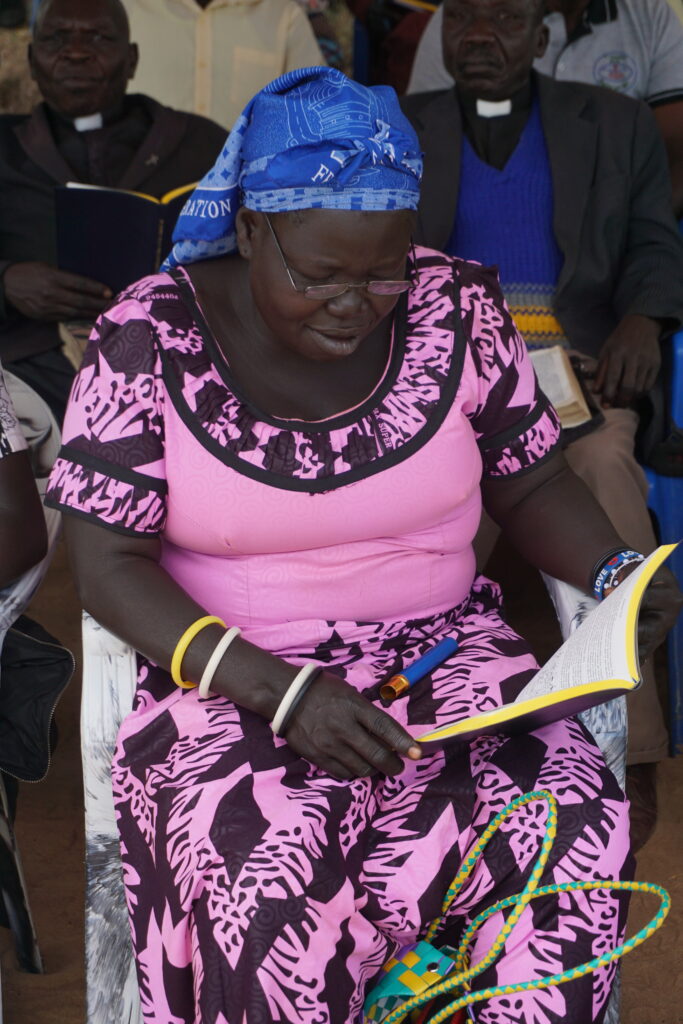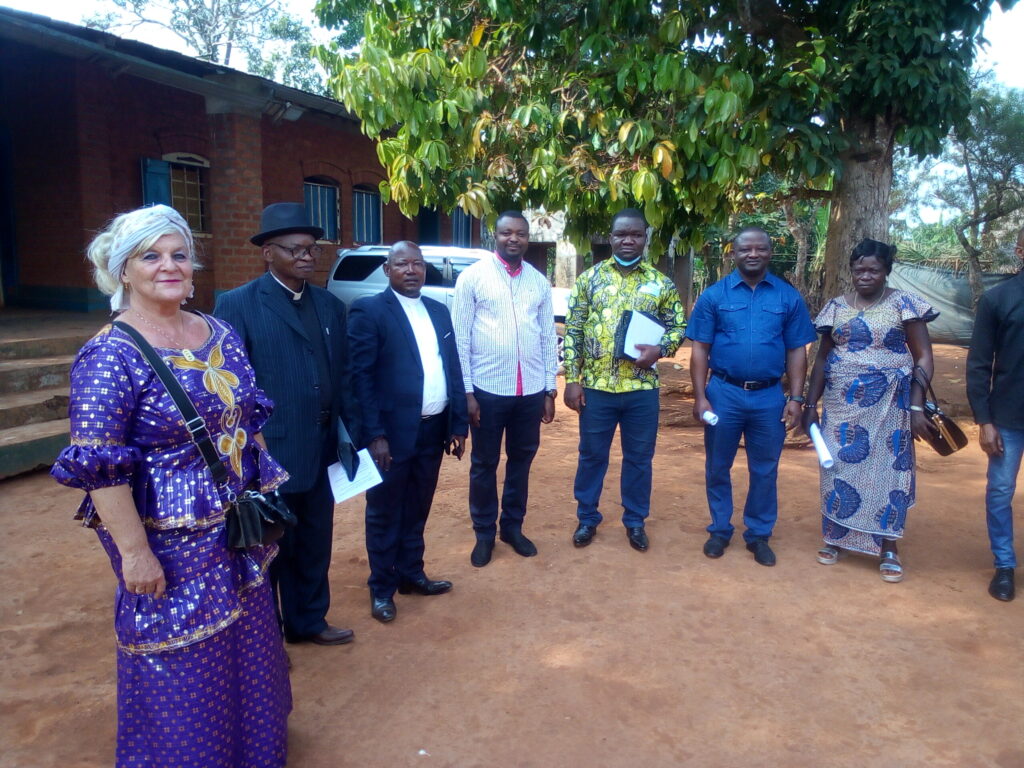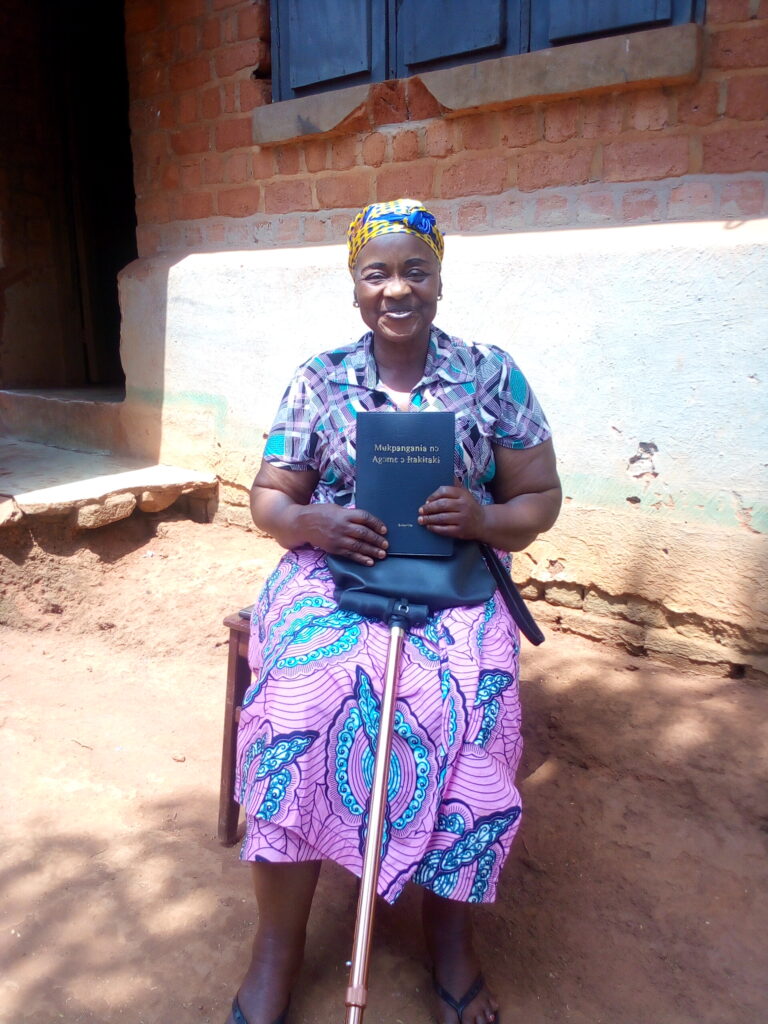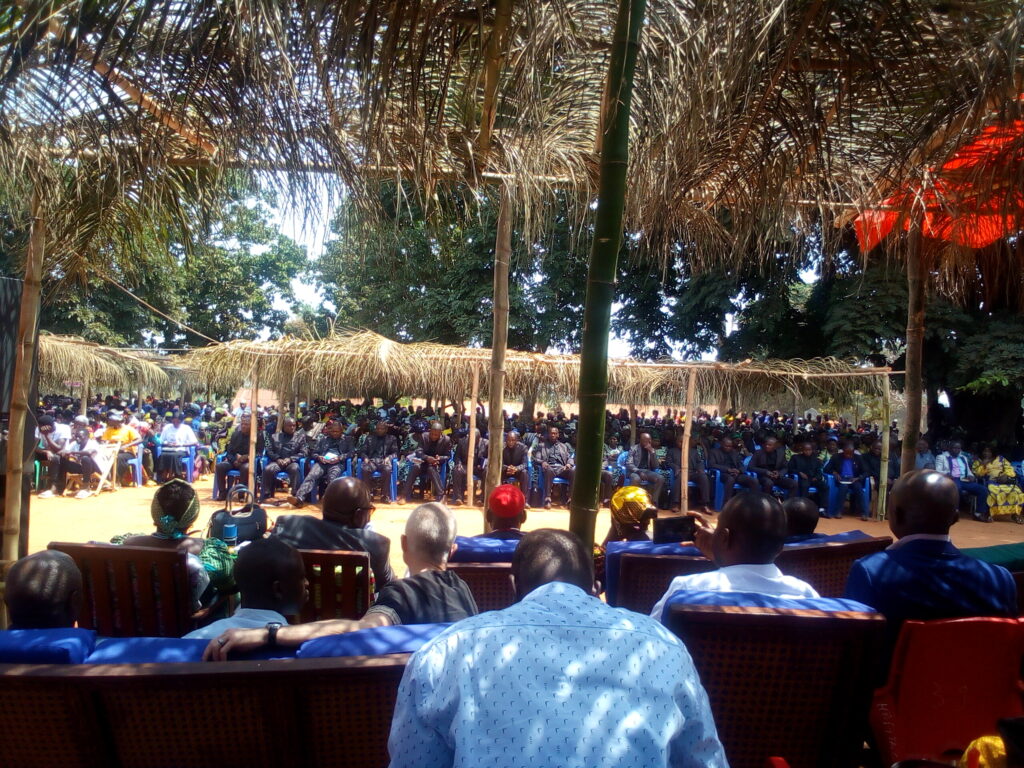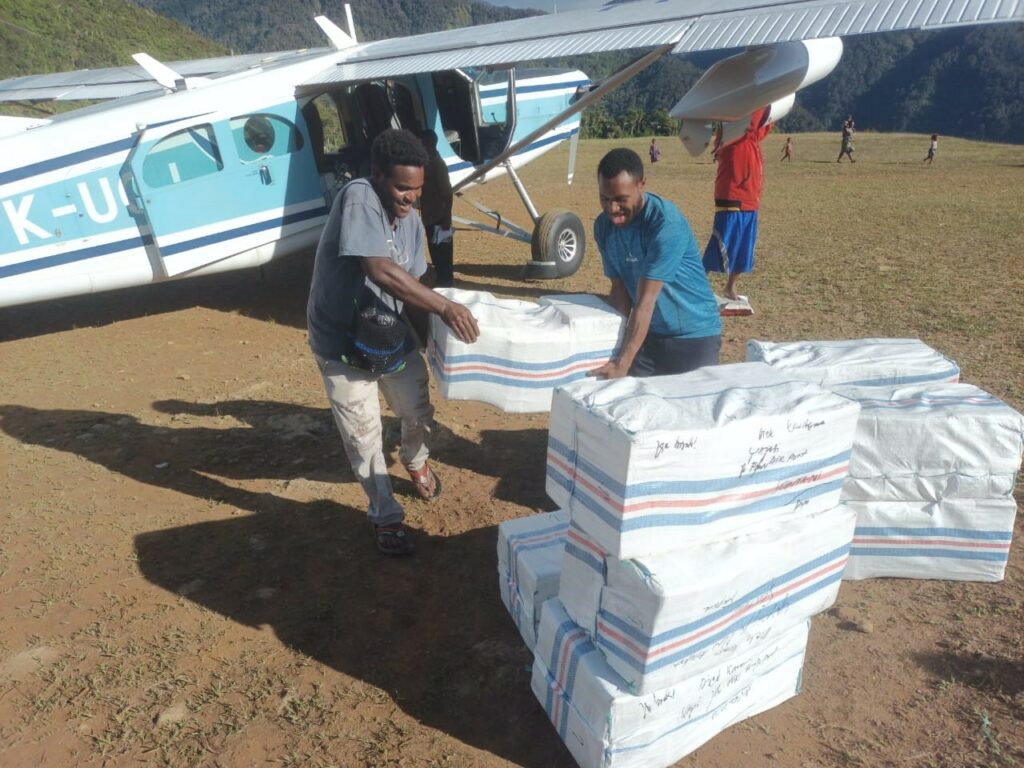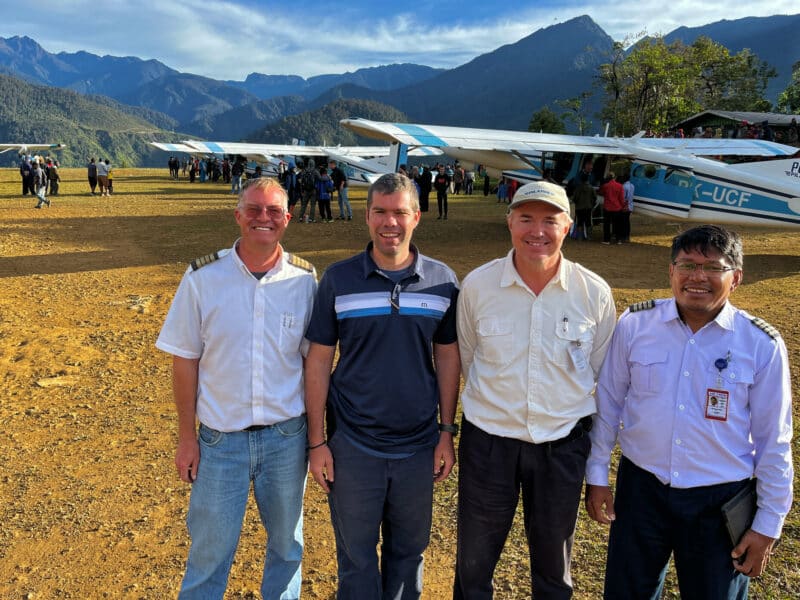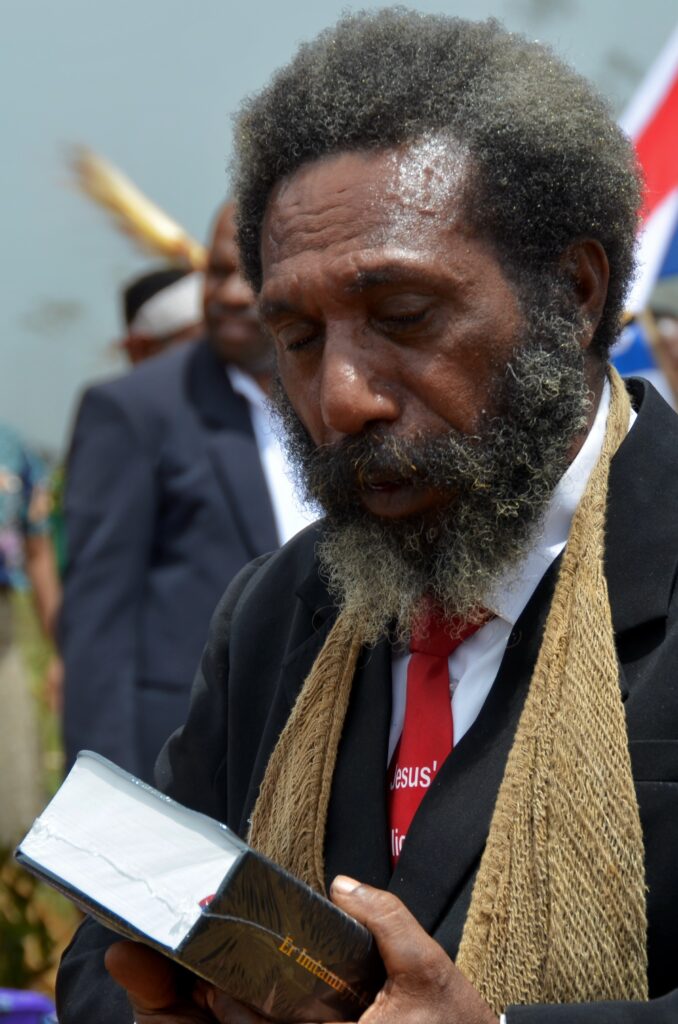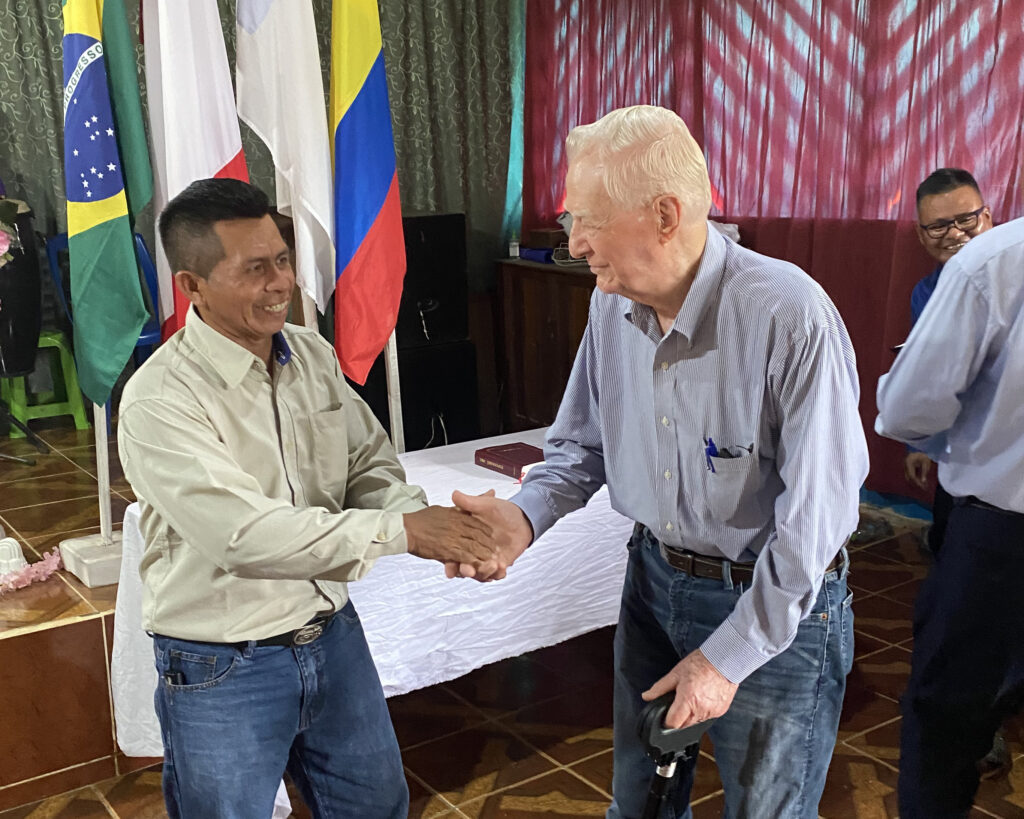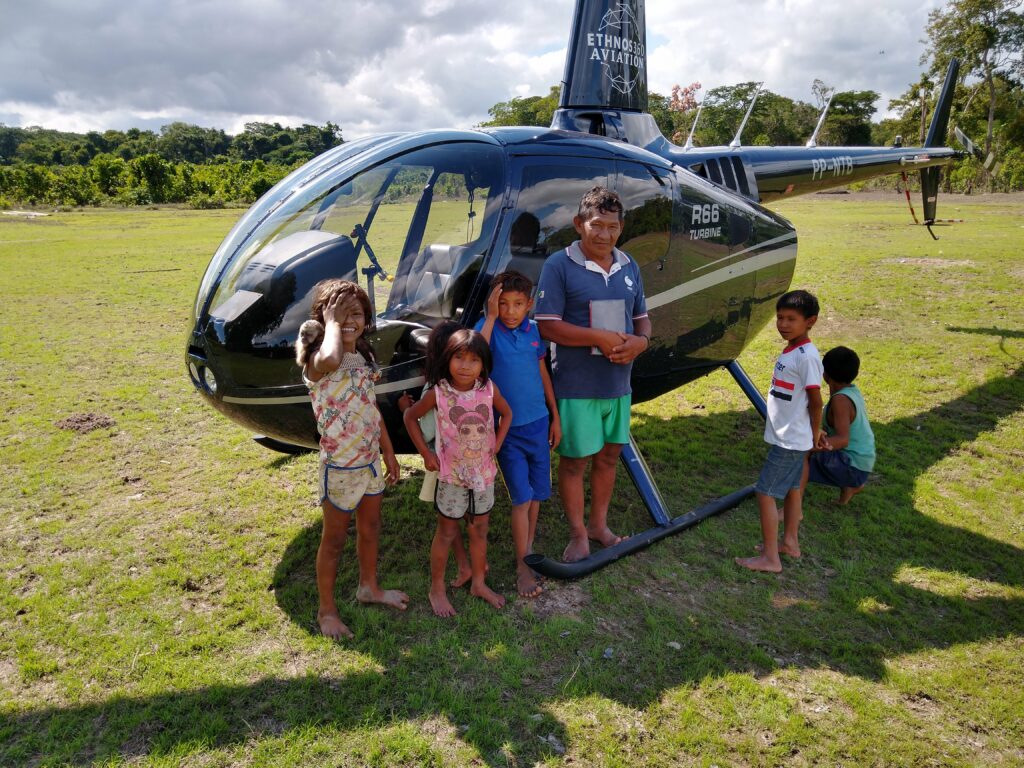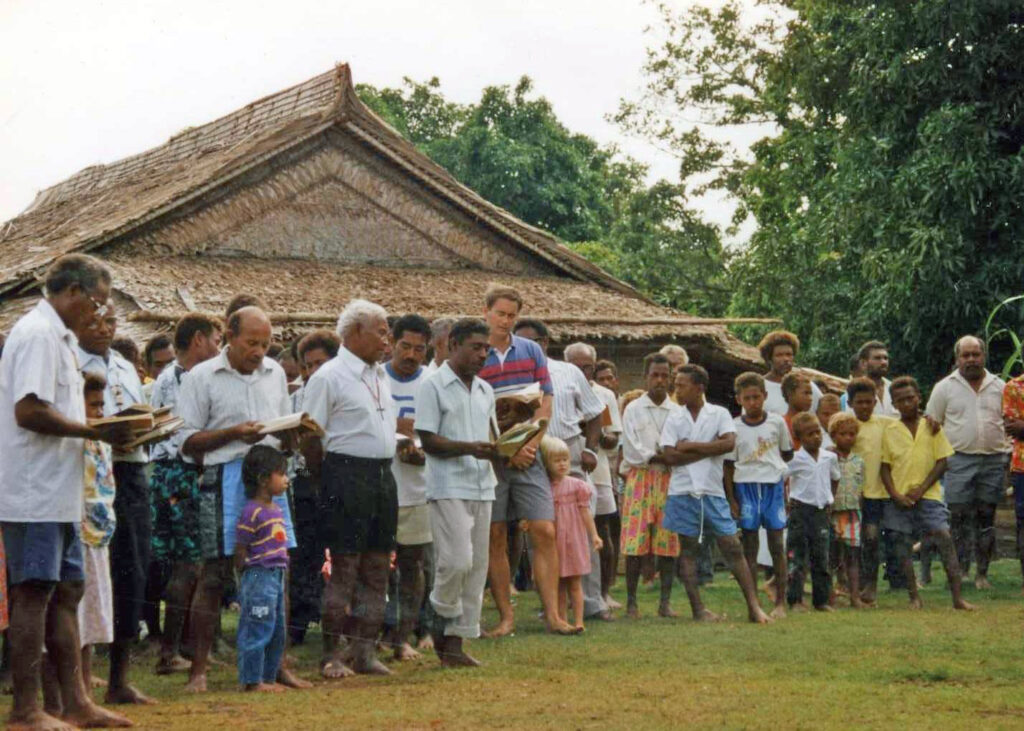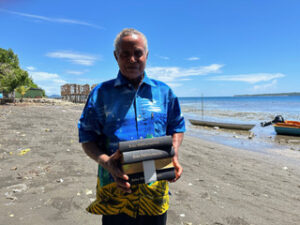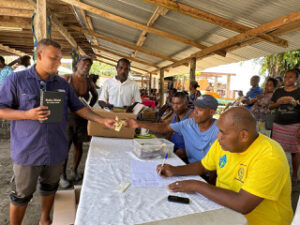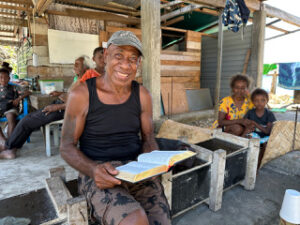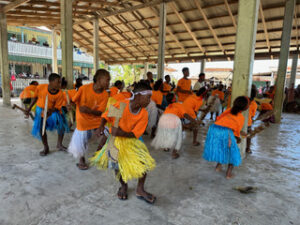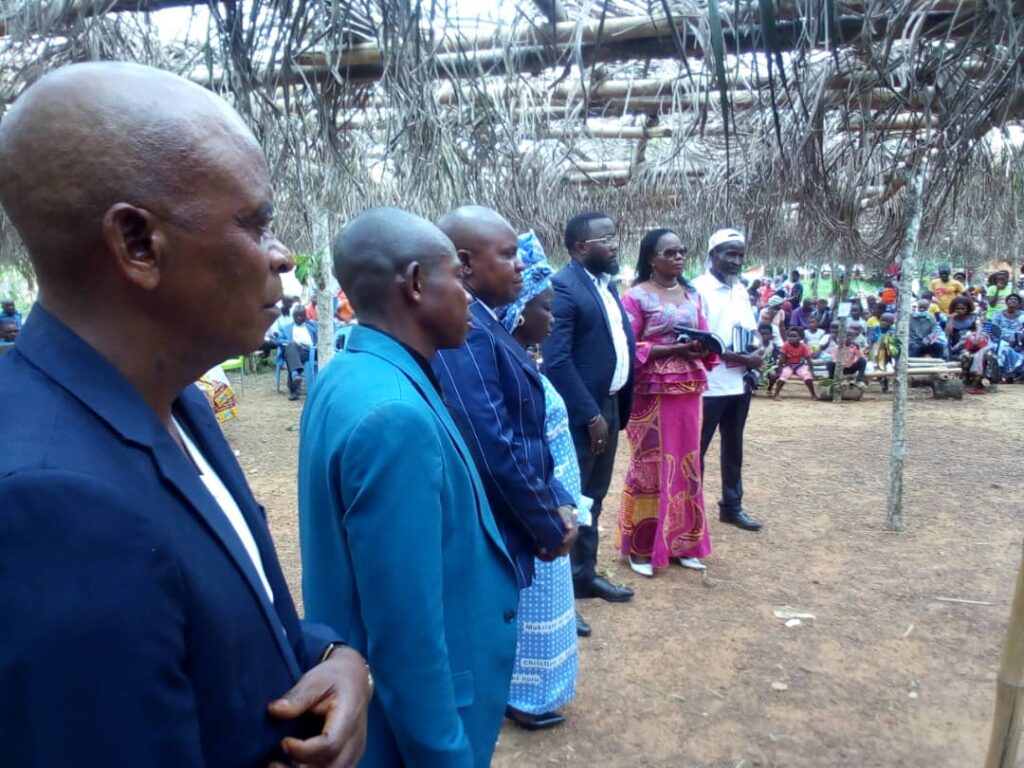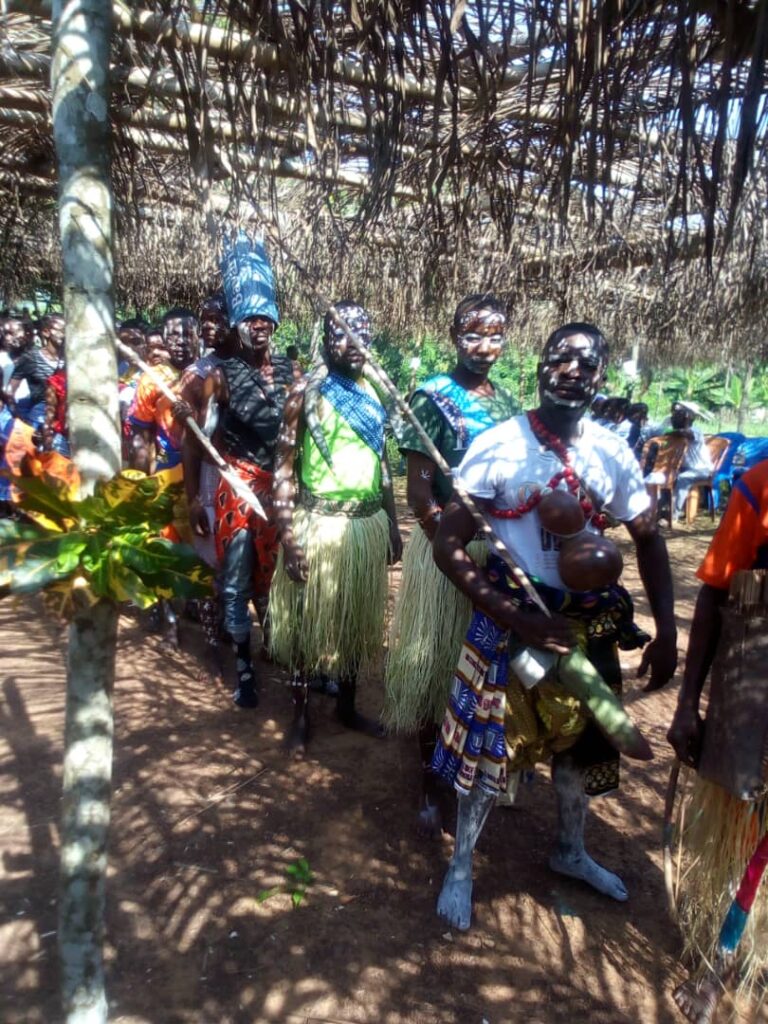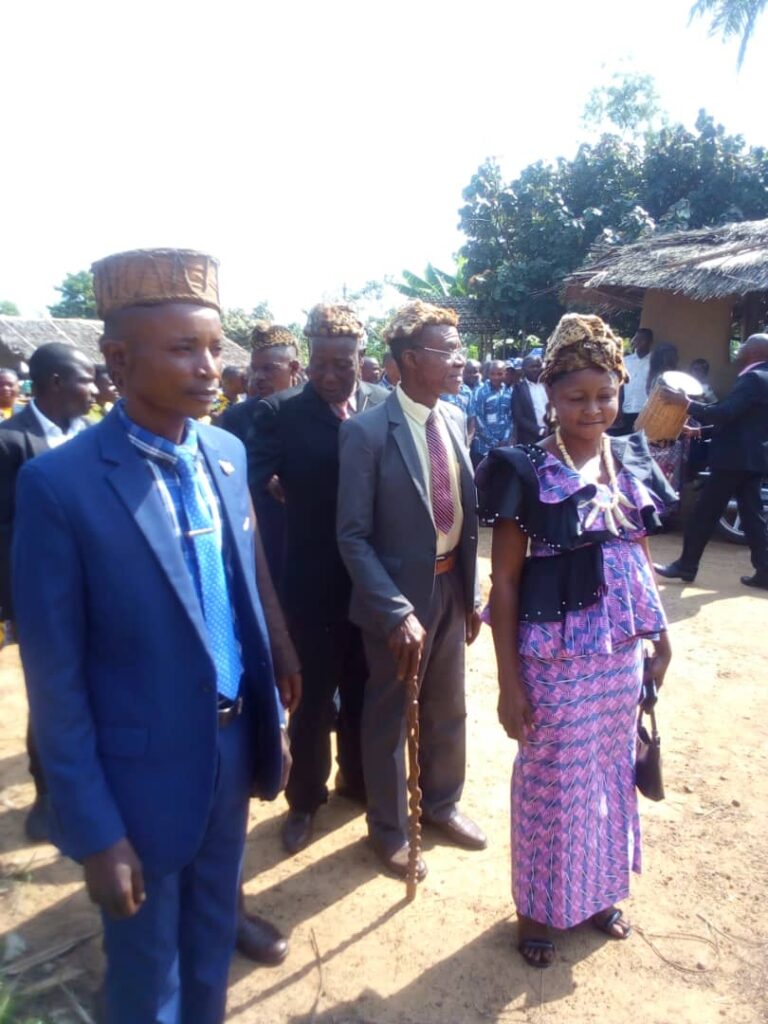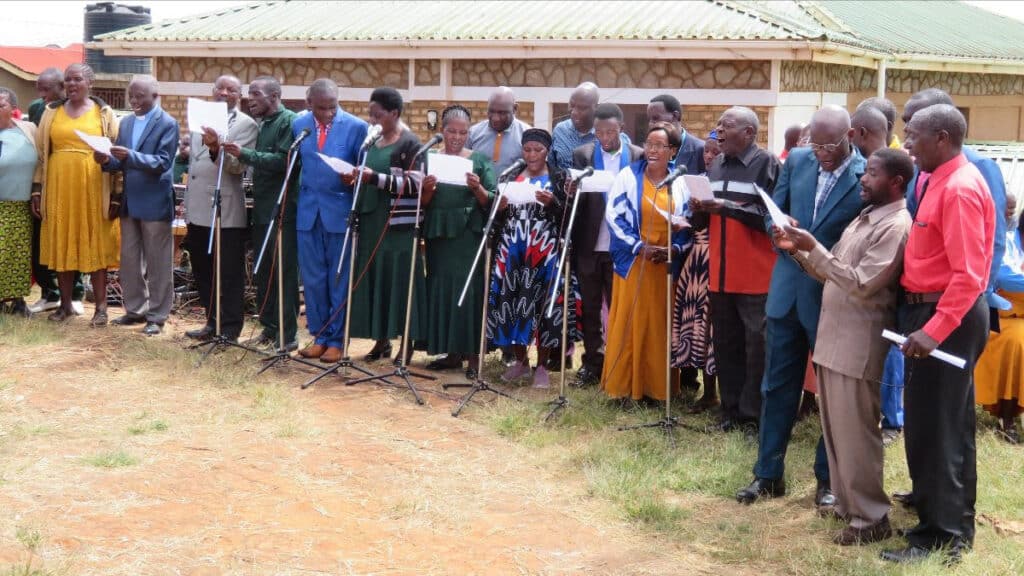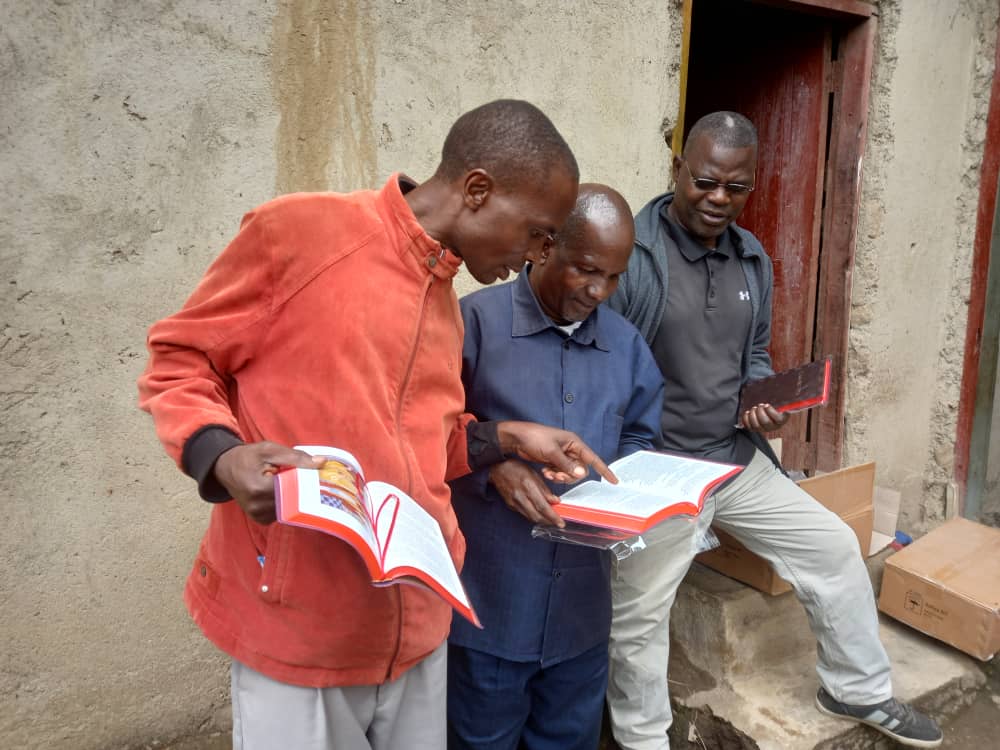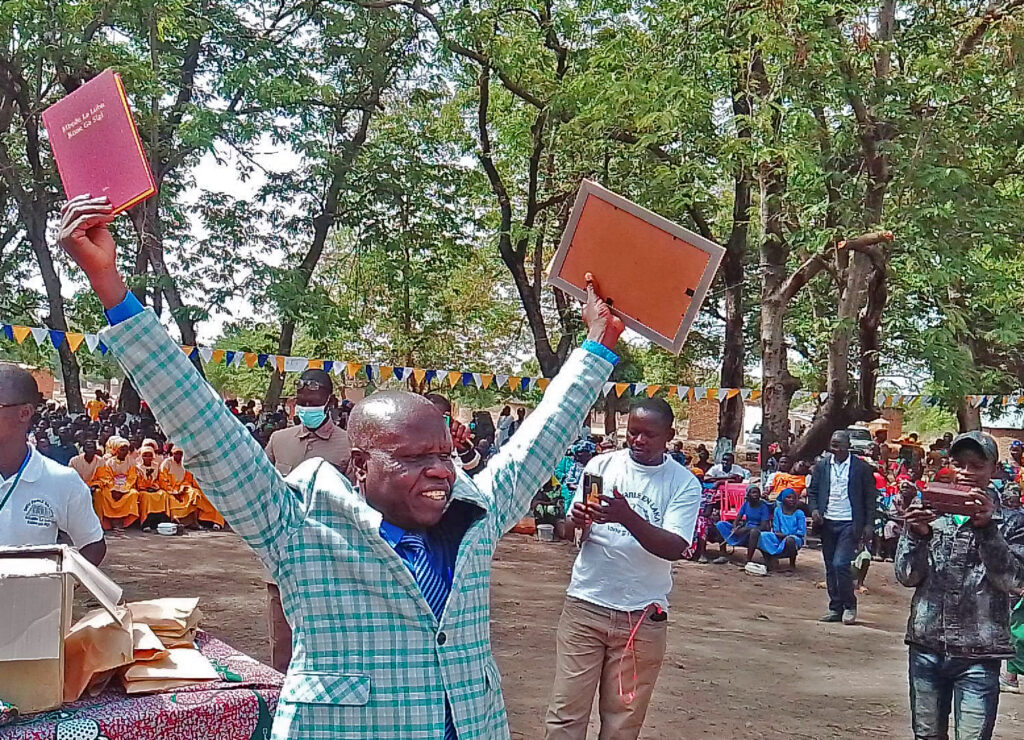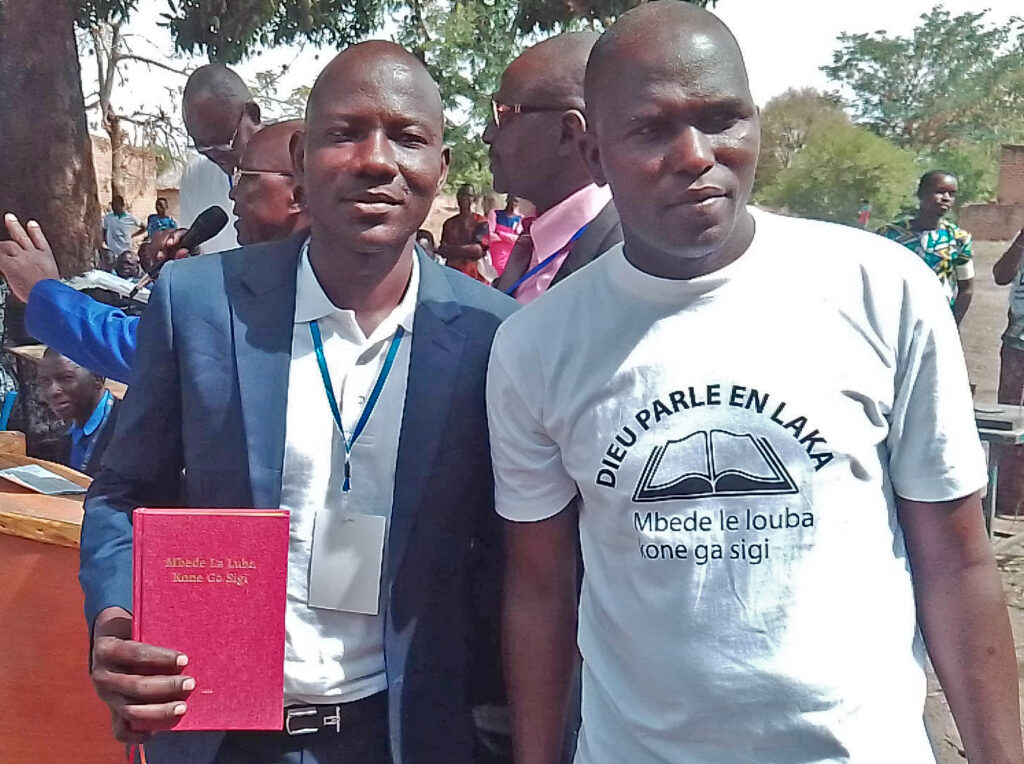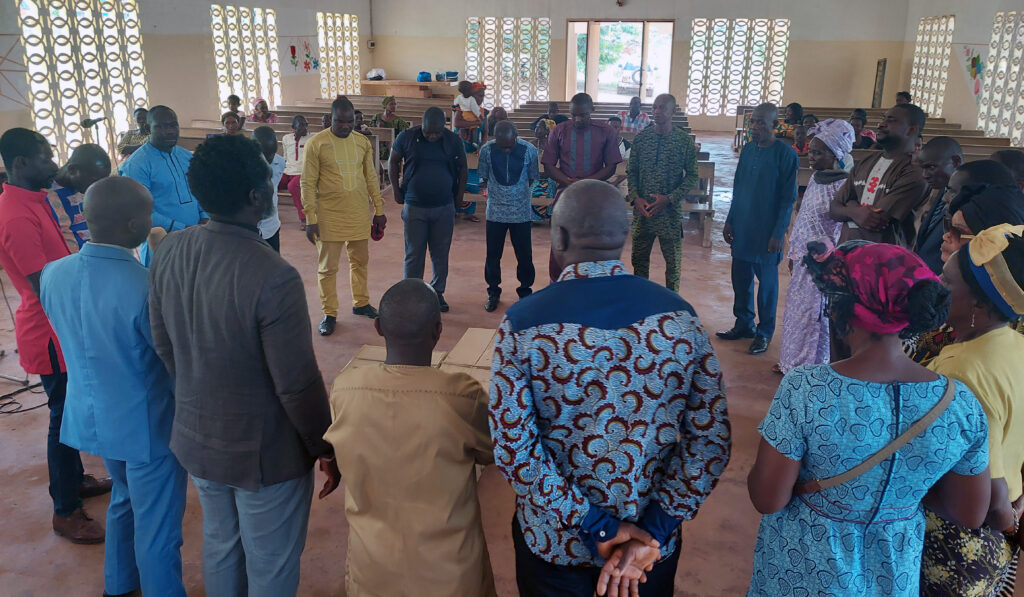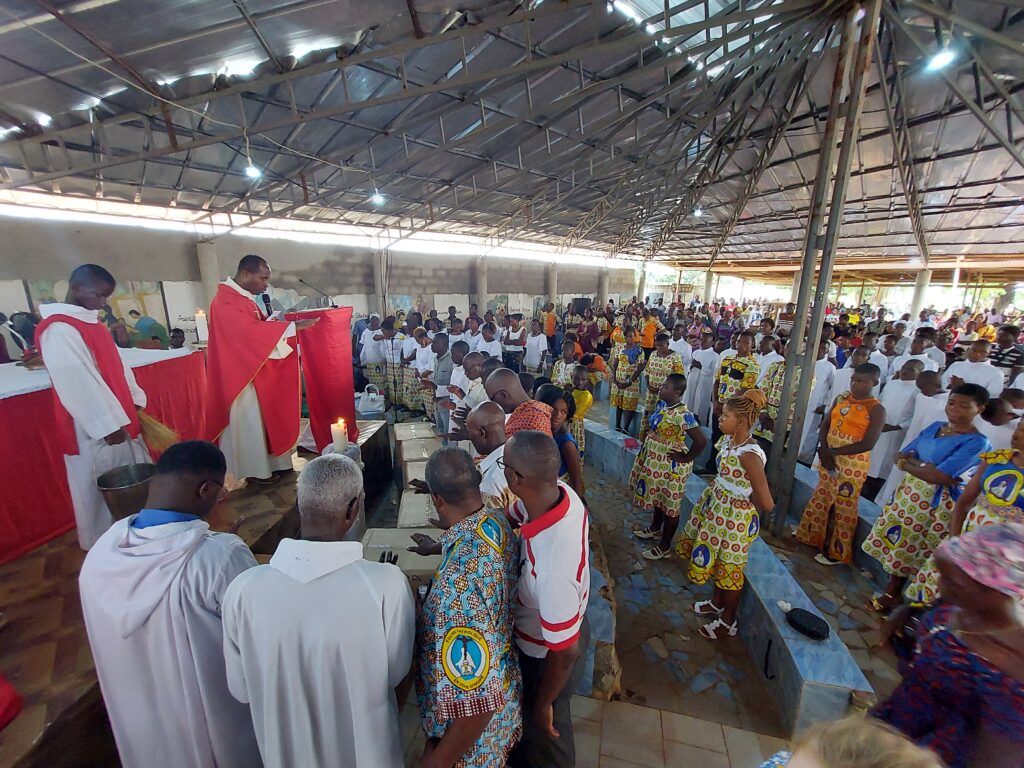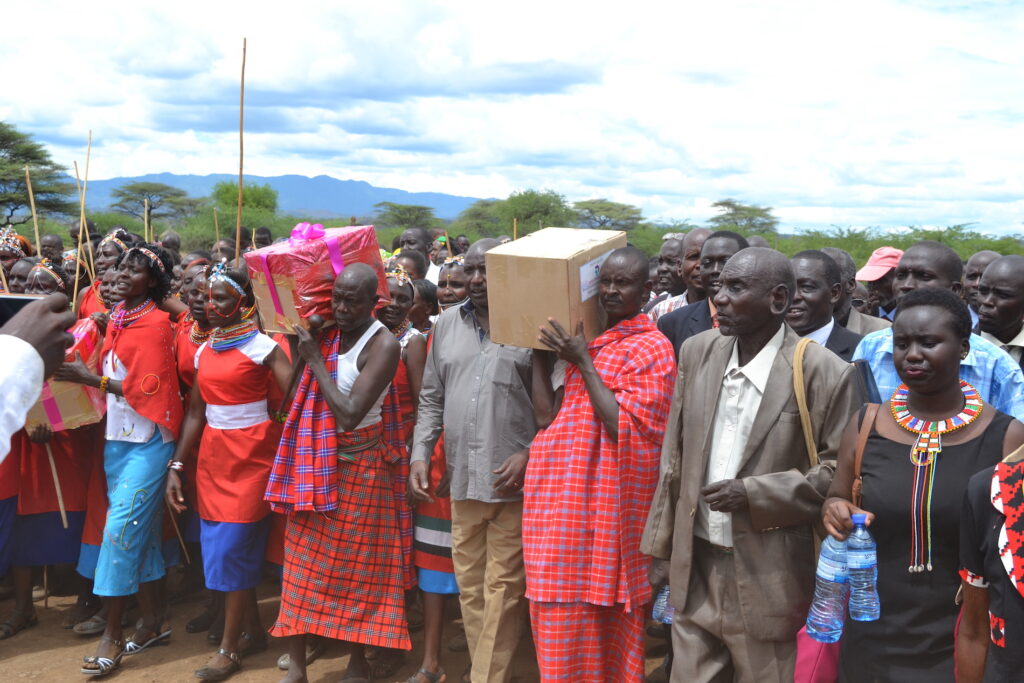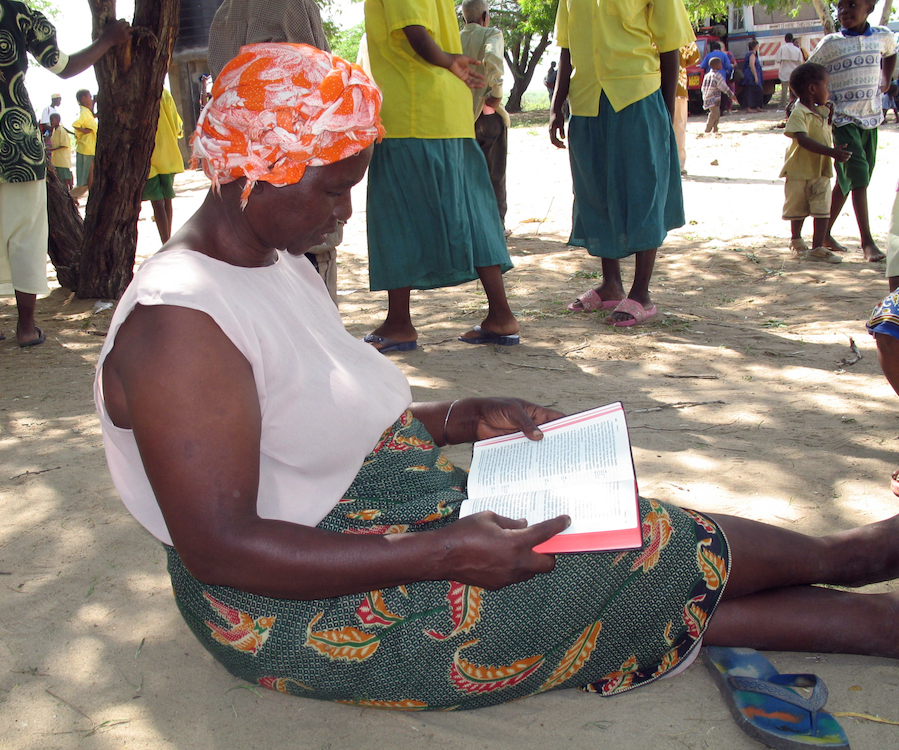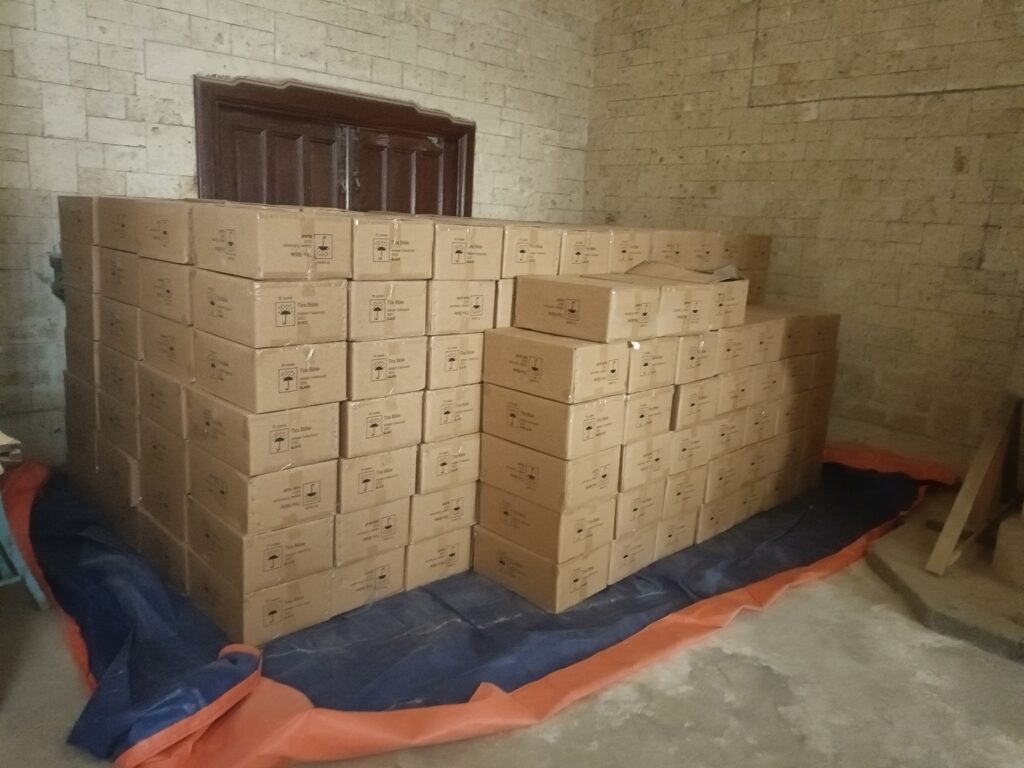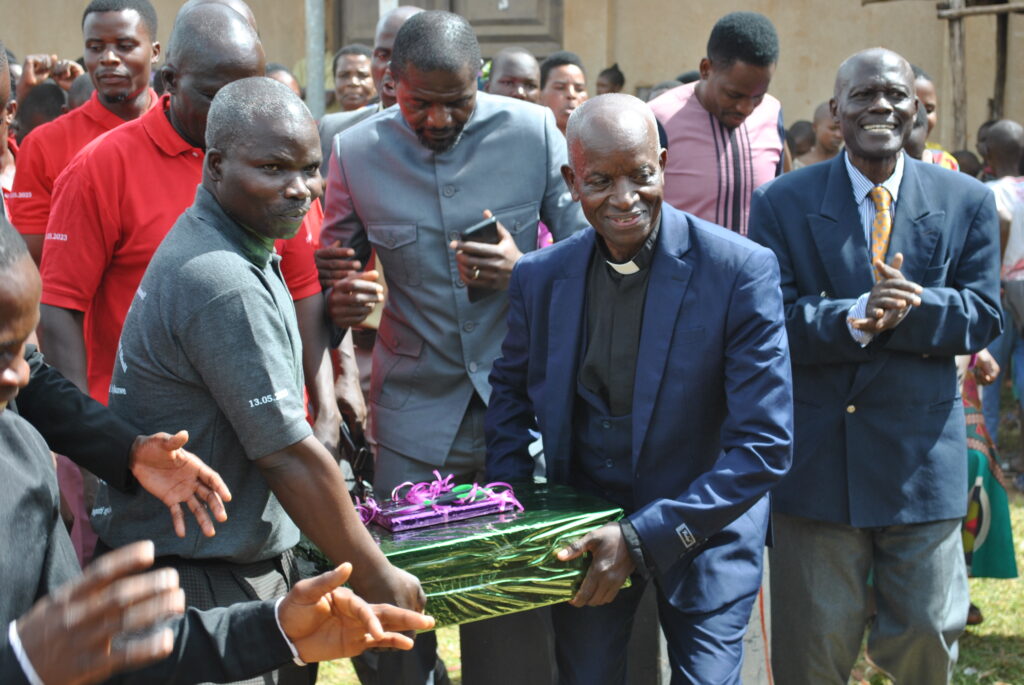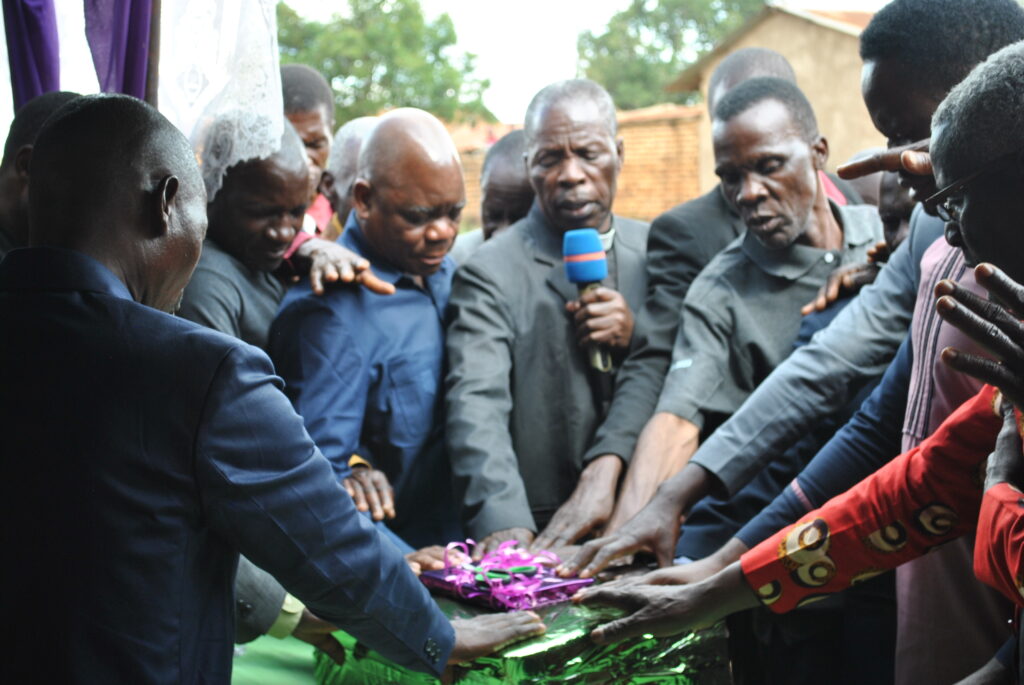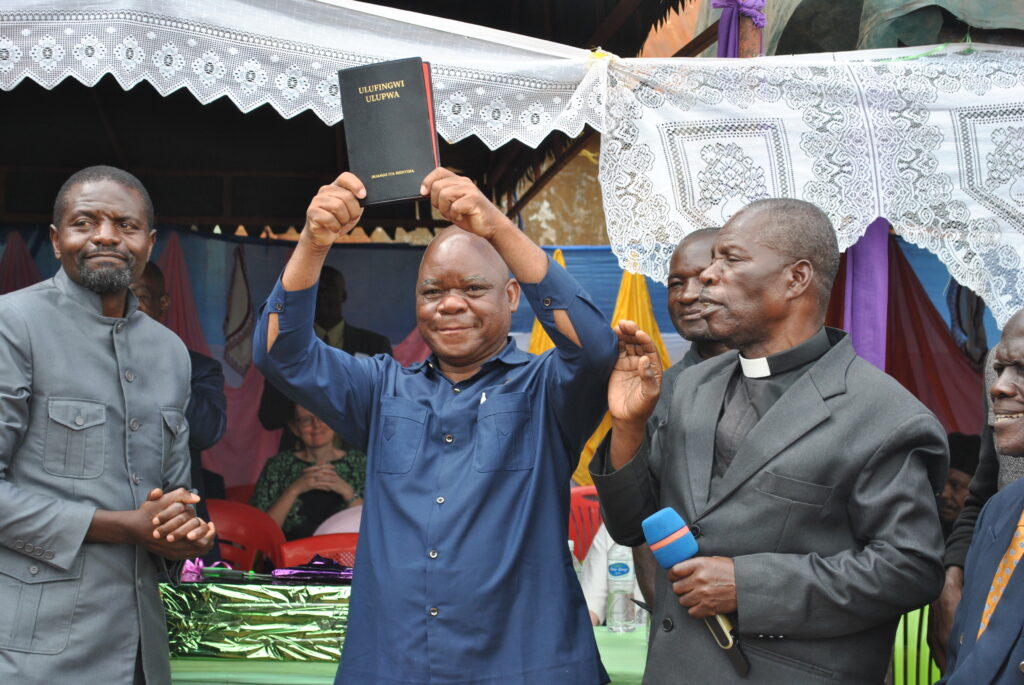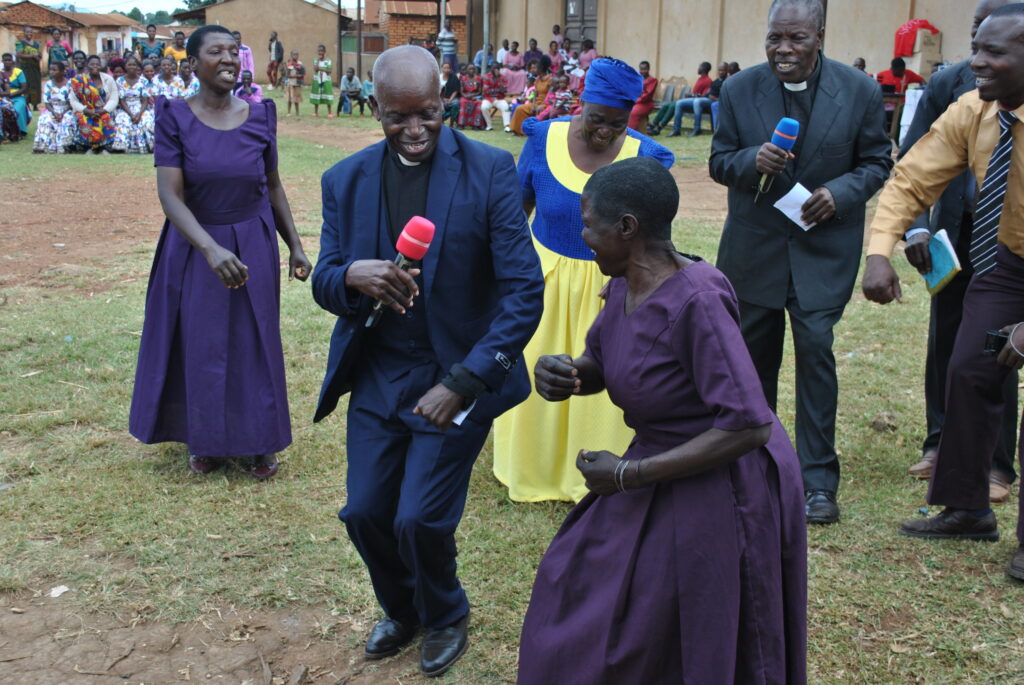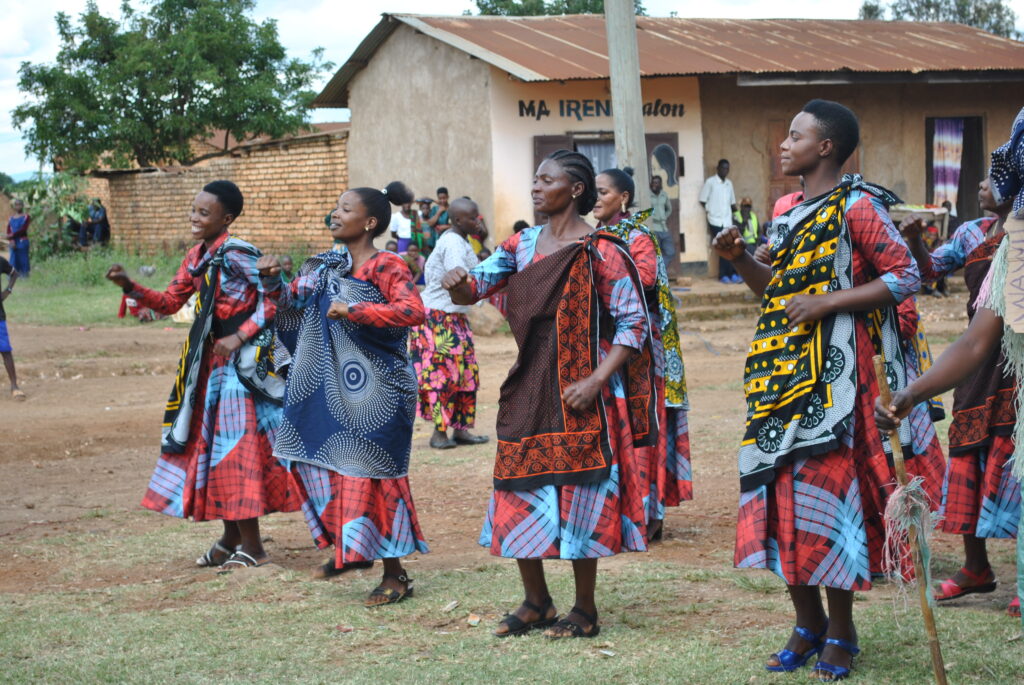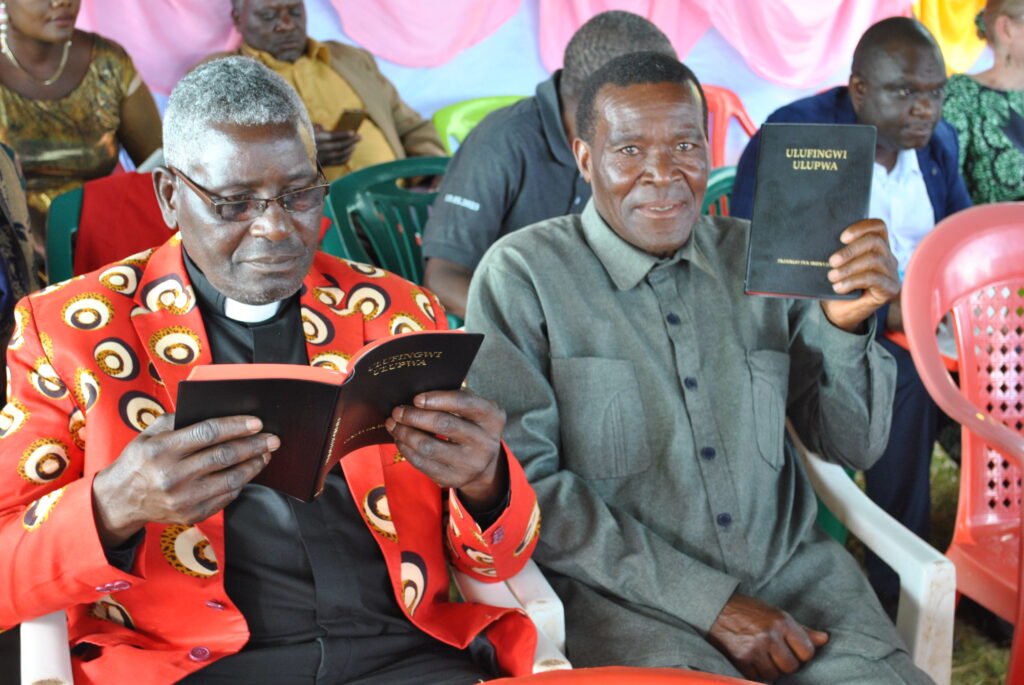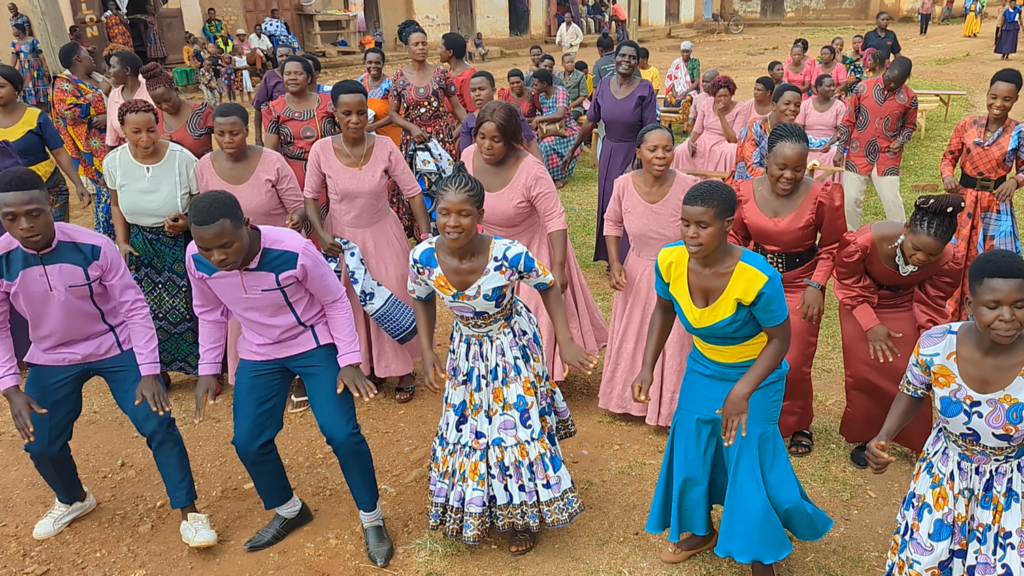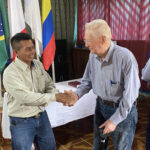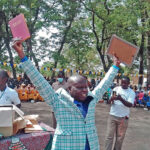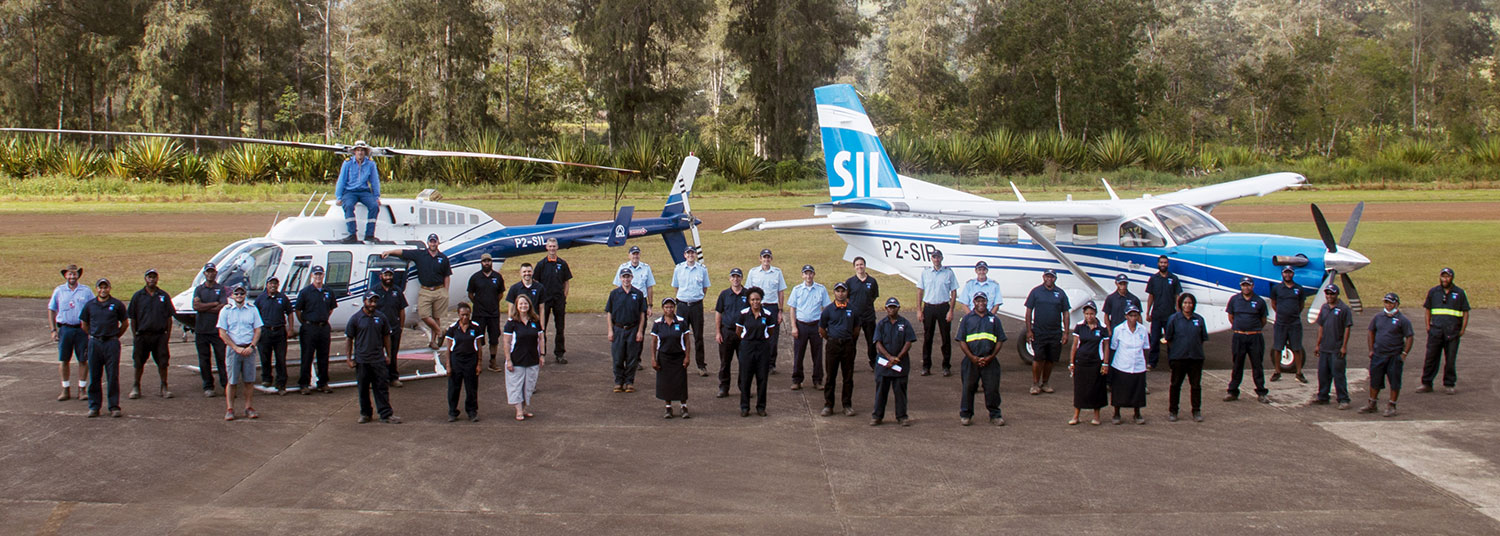An Extra “Hand”
Tom Beekman, the aviation standards coordinator at JAARS, has gotten to know the Dallas/Fort Worth International Airport well this last year. He made six trips back and forth from Waxhaw, North Carolina to that airport as he worked with a Texas company to obtain FAA certification for the use of an S-TEC 3100 autopilot system in PC-6 aircraft.
YAJASI, our mission aviation partner in Indonesia, wanted to install this autopilot system in their PC-6 aircraft and had requested our help in obtaining the required FAA certification. The process required that we have an S-TEC 3100 installed in our own PC-6. It could then be used for the certification process and, later, for training future mission pilots. People like you giving to Aviation Solutions helped make this purchase possible. Thank you!
Tom Beekman flew the JAARS PC-6 to Texas in November 2020 without an autopilot system, taking about eight and a half hours with three stops. It was a high-workload IFR (Instrument Flight Rules) flight with plenty of rain and clouds along the way and busy communications with air traffic control. He had to constantly scan his flight and engine instruments to make sure the aircraft stayed on course and at the right altitude or airspeed, making small corrections as needed. When he arrived, he was worn out!
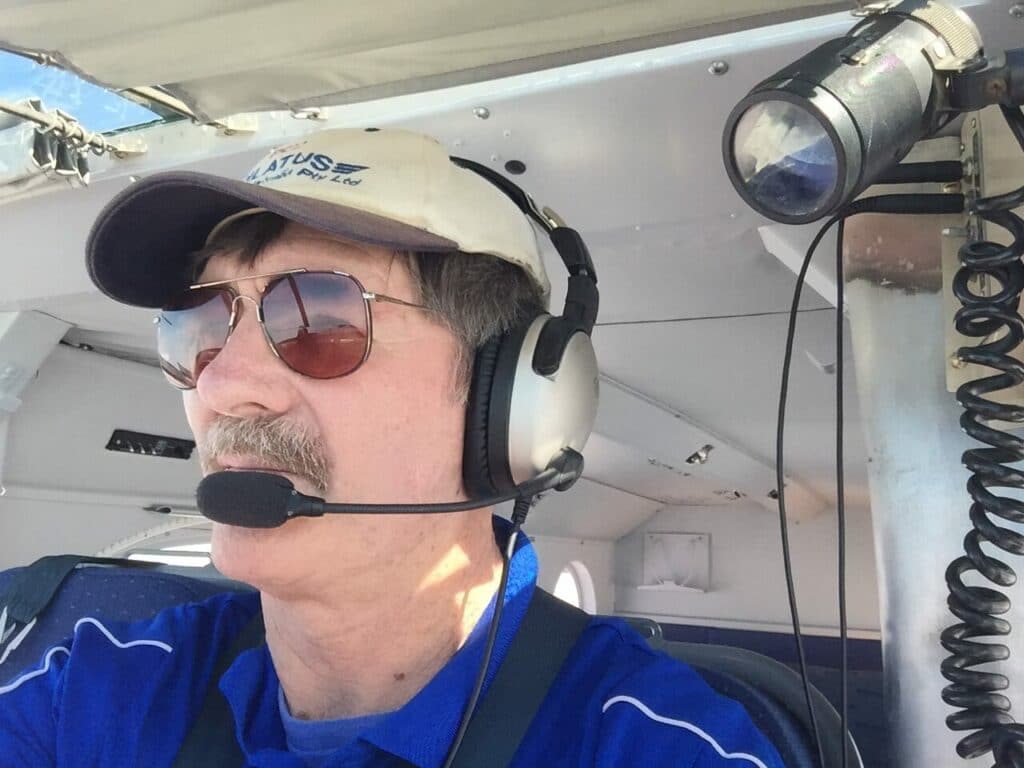
An autopilot system can mitigate some of this work for the pilot: “It’s a tool to reduce the workload for the pilot, to allow them to better divide their attention during high-workload phases of flight. It frees them up to handle the important things,” Tom said.
In the Flight Director function of the system, the autopilot computer is on, and pilots can set a specific altitude, airspeed or heading, or climb and descent rates. The Flight Director will then give visual indications, or directions on the primary flight display for the pilots to follow. This helps them by displaying the pitch and bank that they need to maintain and by performing the scan for them.
When the autopilot system is engaged, it actually makes the adjustments needed to stay on course. “Having an extra ‘hand’ to hold the aircraft steady and remind you of things is a really good tool,” Tom explained. When the autopilot’s flying, he just has to monitor it and make sure it’s still doing what he asked it to do.
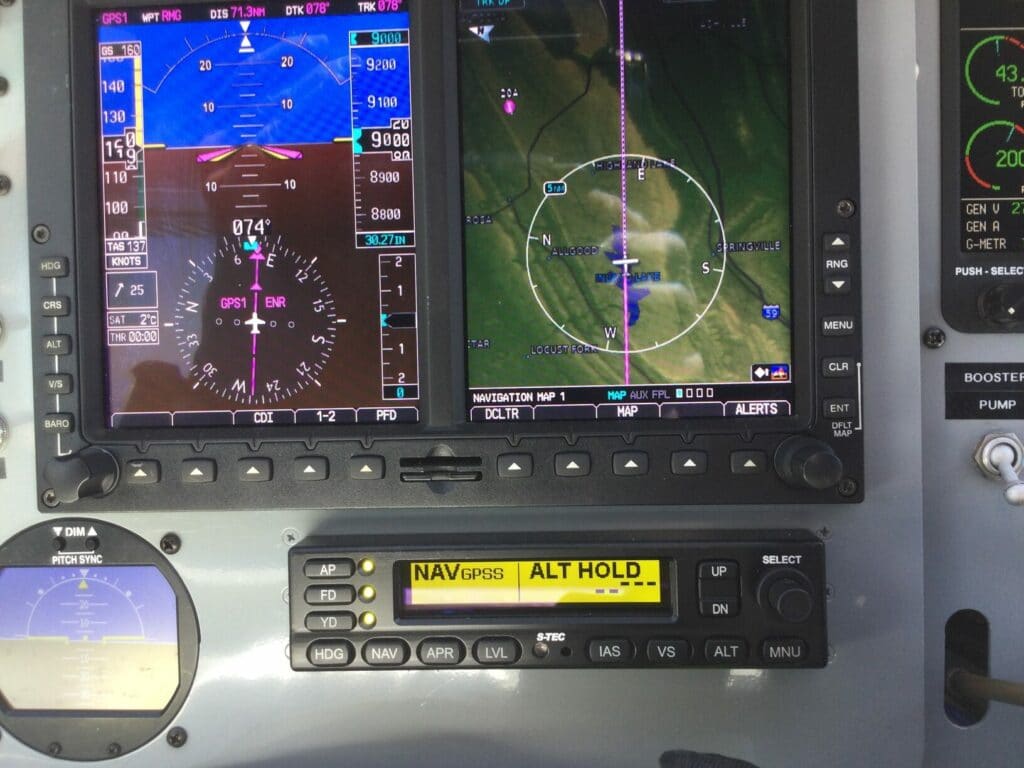
Tom had to do a little more than that in Texas for the certification. He’d fly the aircraft for four or five days to test the autopilot system, then fly back to North Carolina while the company worked on fine-tuning the system’s programming and installation to the PC-6’s specifications. Then Tom would return a few weeks later for more testing. After about six months, the autopilot system was completely calibrated and ready for use.
Here at JAARS, the autopilot system will be used for training pilots who will be serving overseas in countries such as Indonesia and Papua New Guinea where the planes are equipped with this system. “[The autopilot] is a really good tool to teach [the pilot] to plan three or four steps ahead. Making sure the pilots know how to use automation, and when to use it and when not to use it will be a great training tool,” Tom said.
We are thankful for this extra “hand” of safety and effectiveness that the autopilot system gives JAARS-trained pilots overseas, and for your part in providing it!
You can help us train pilots to serve Bible translation overseas by giving to Aviation Solutions.

